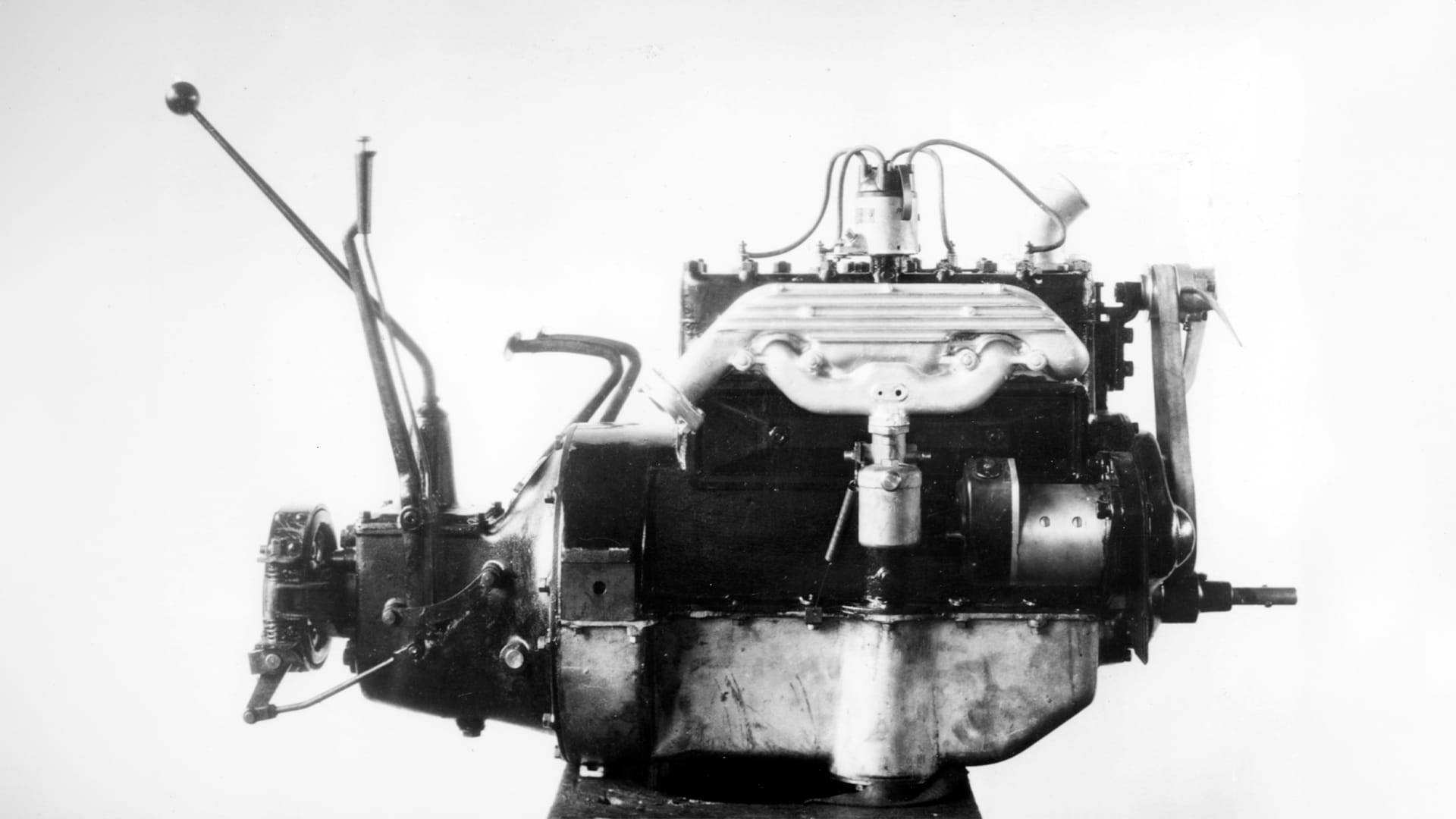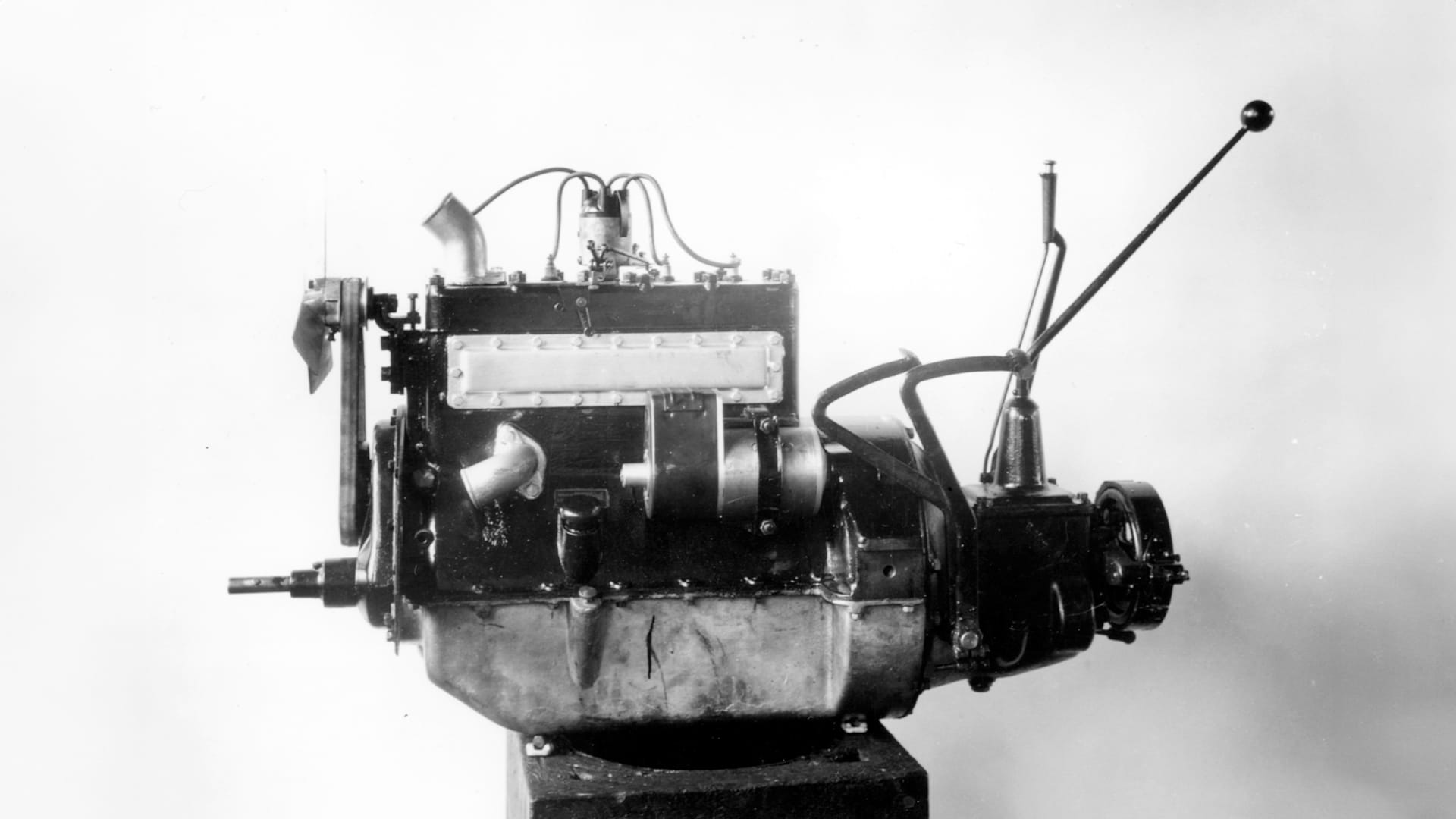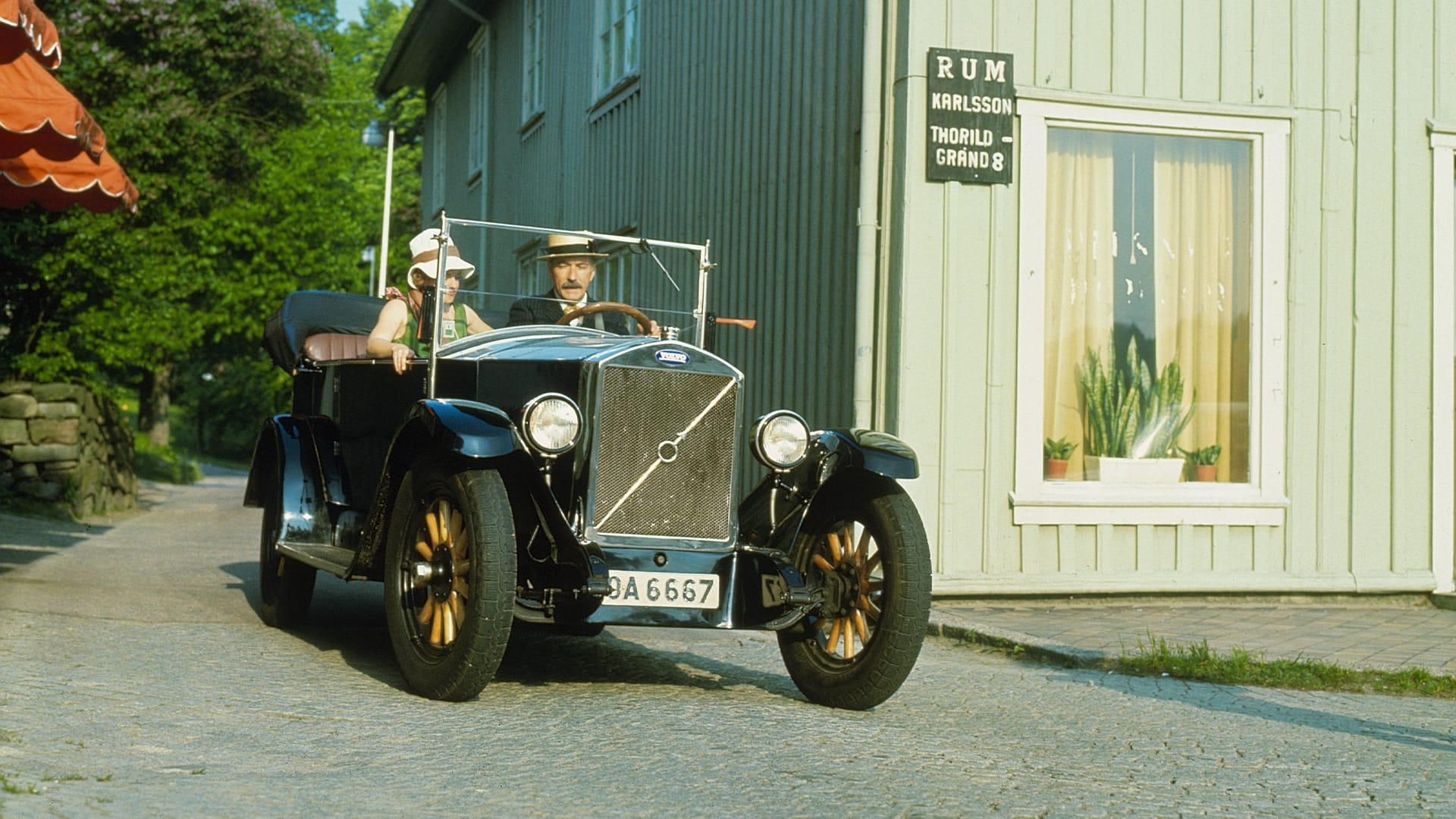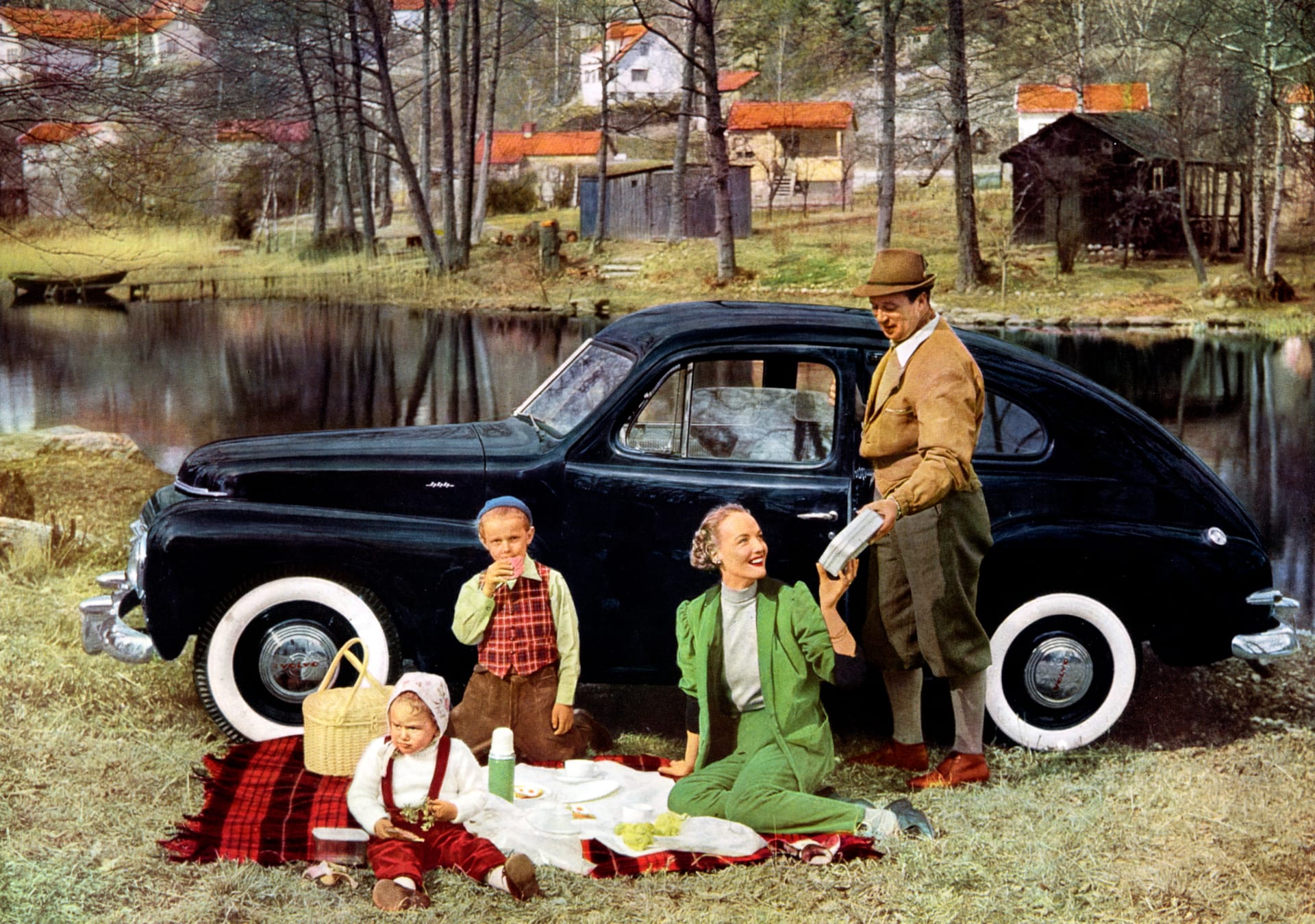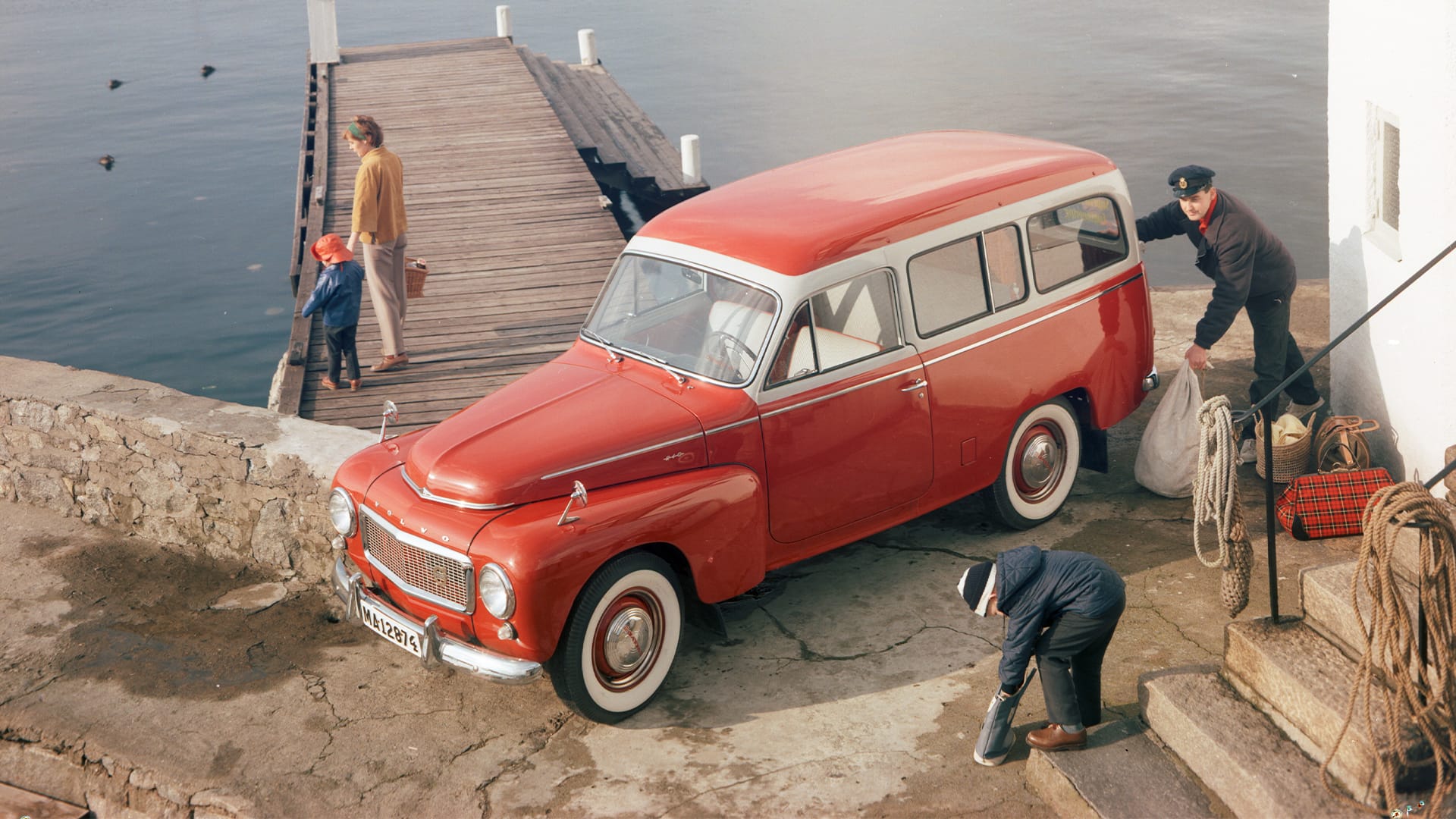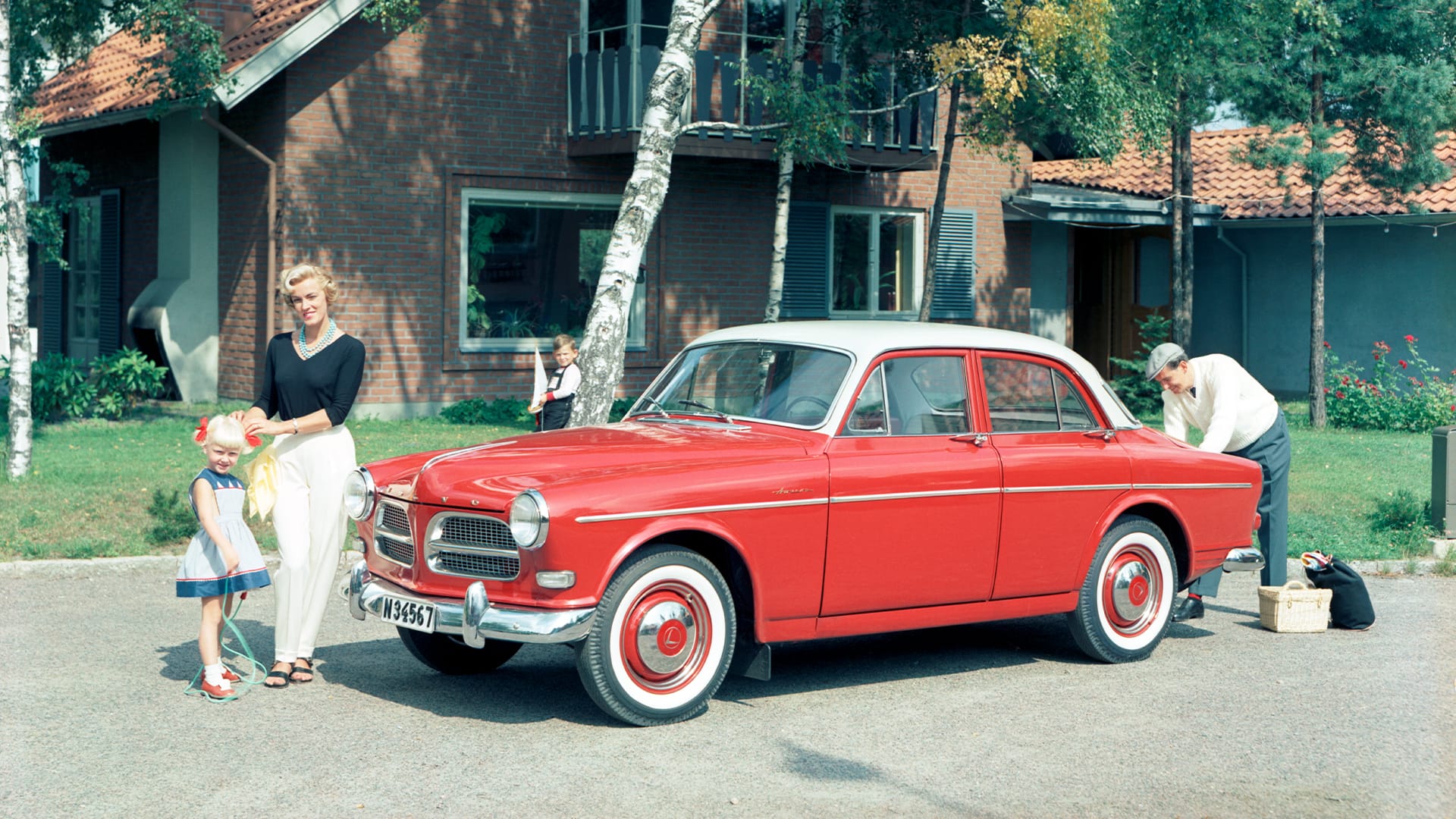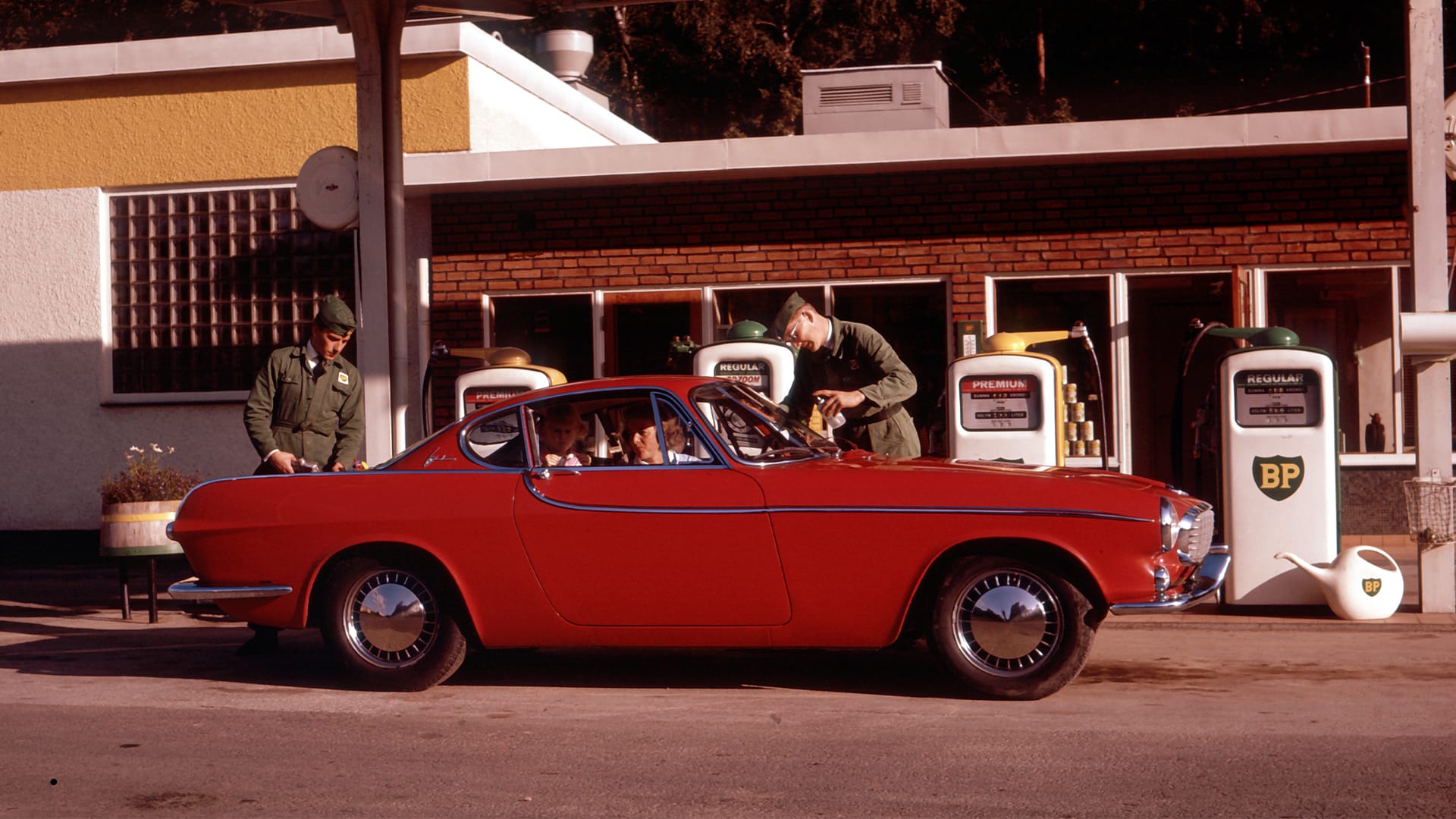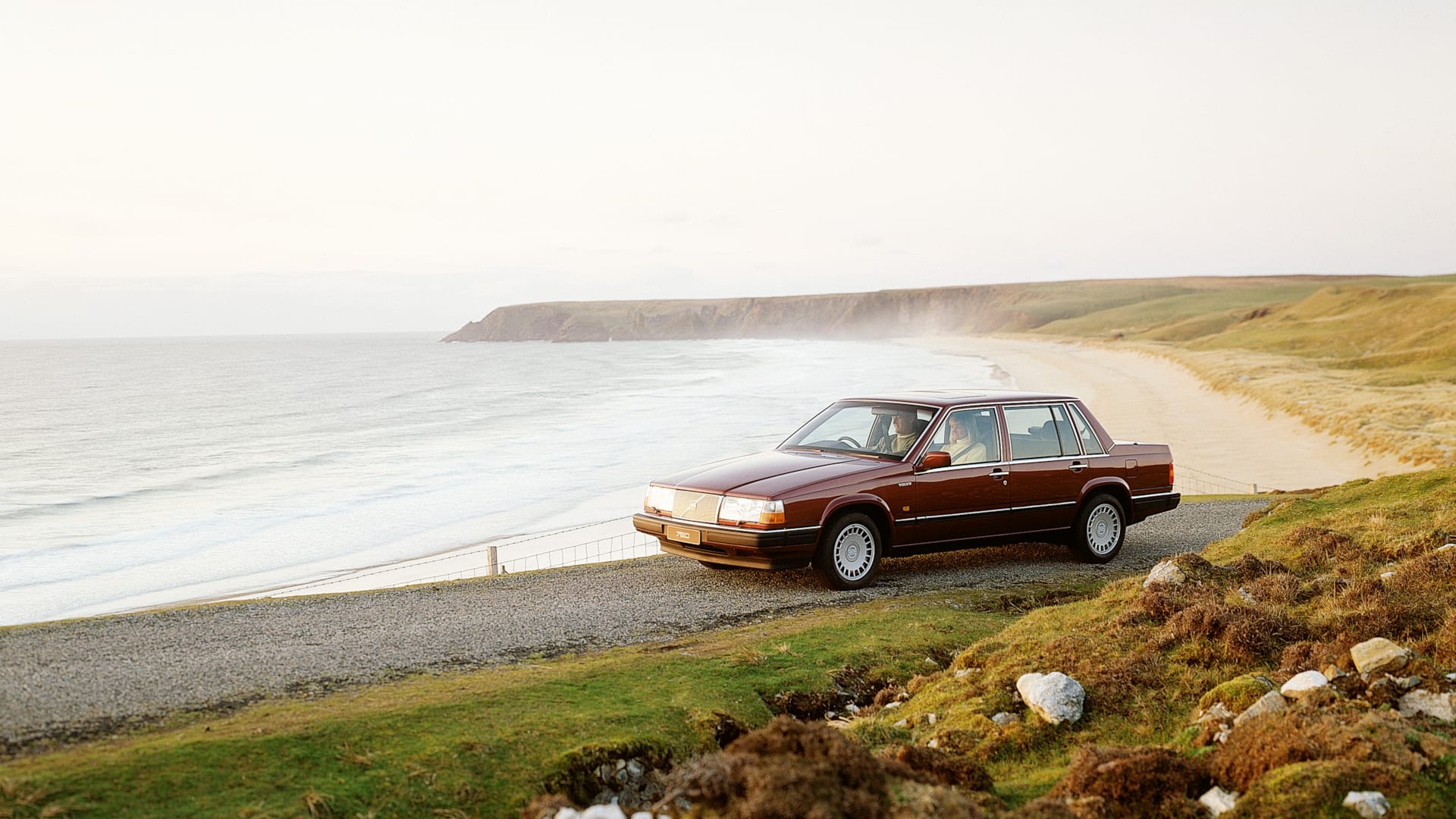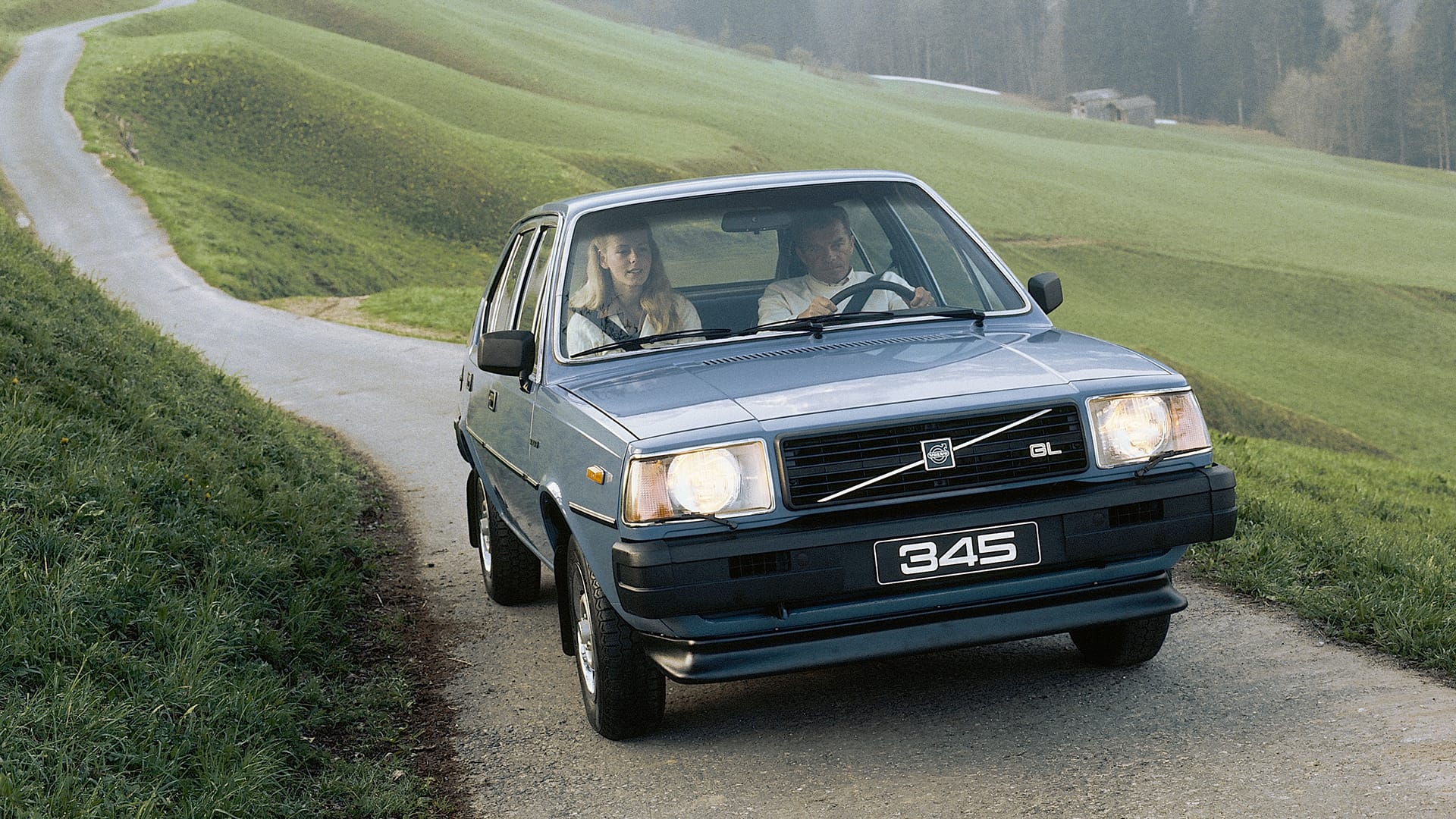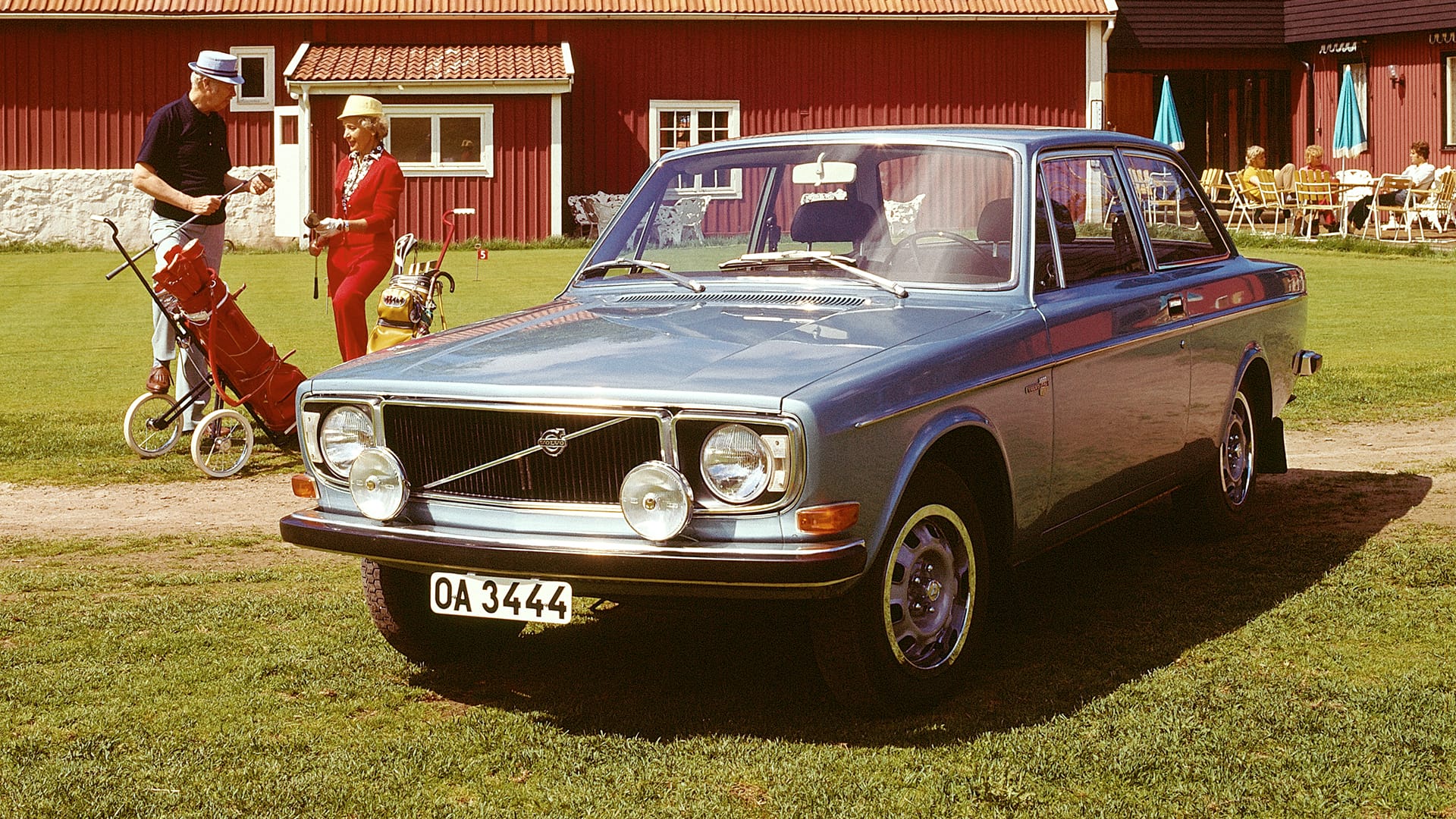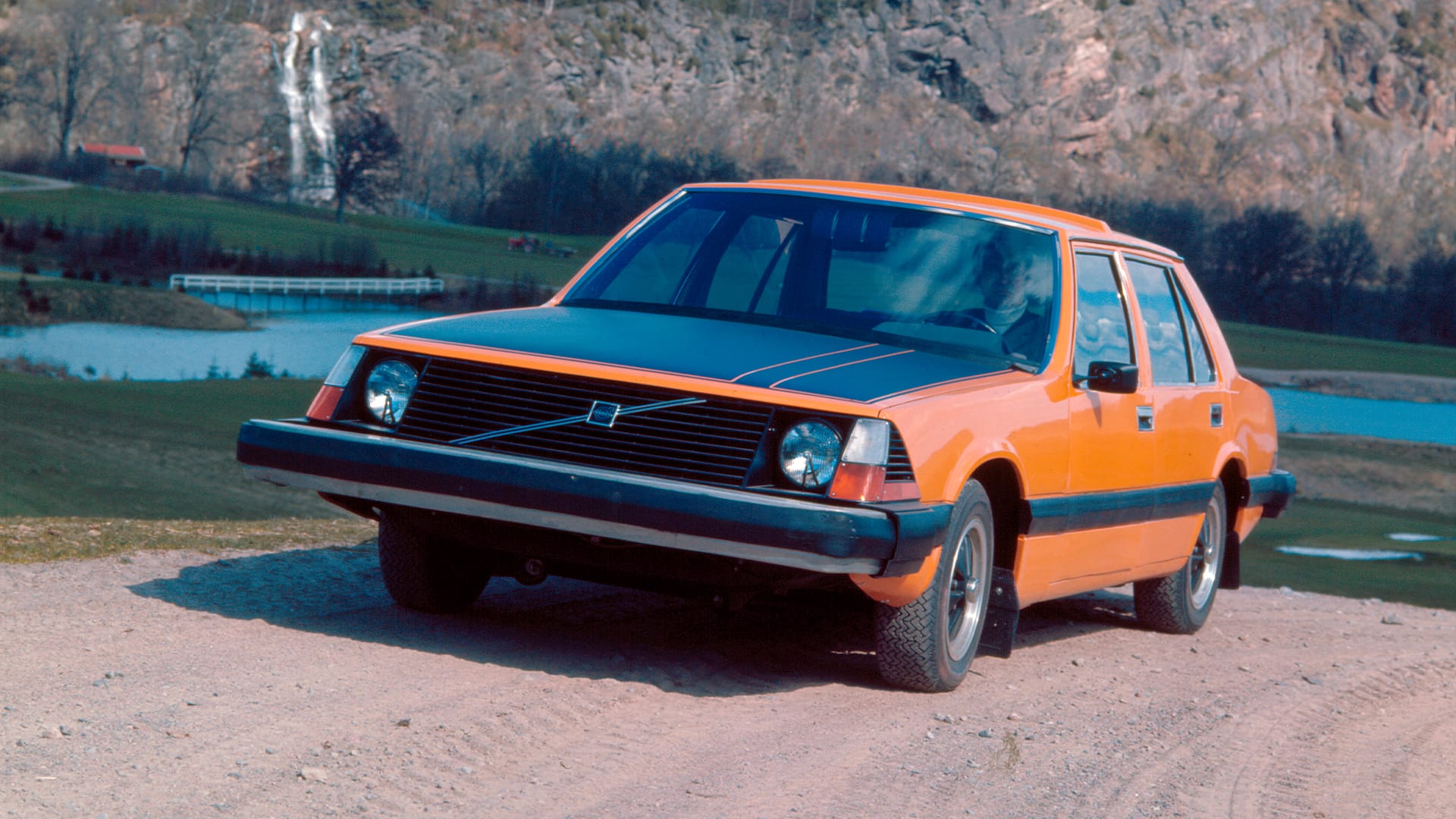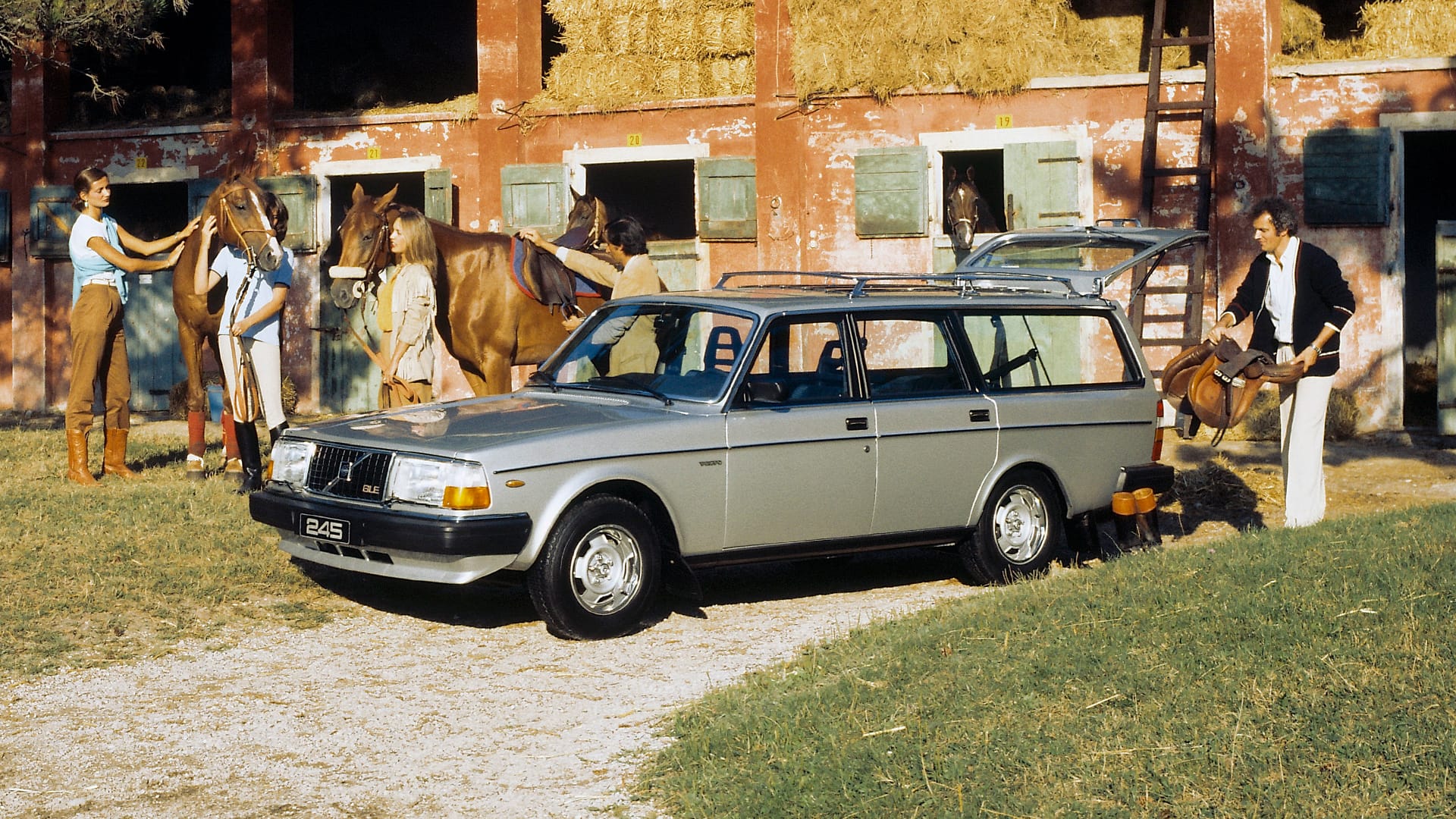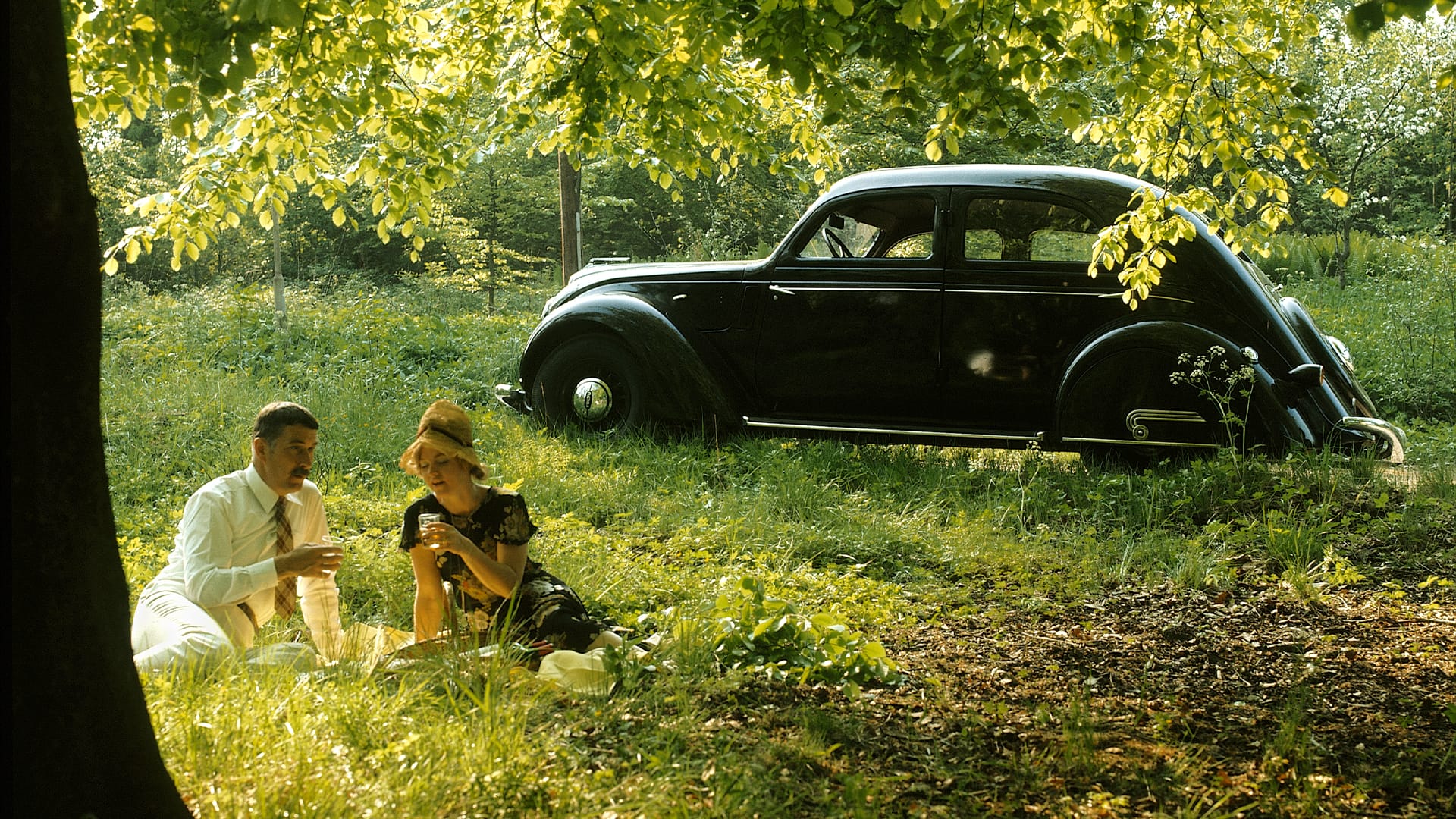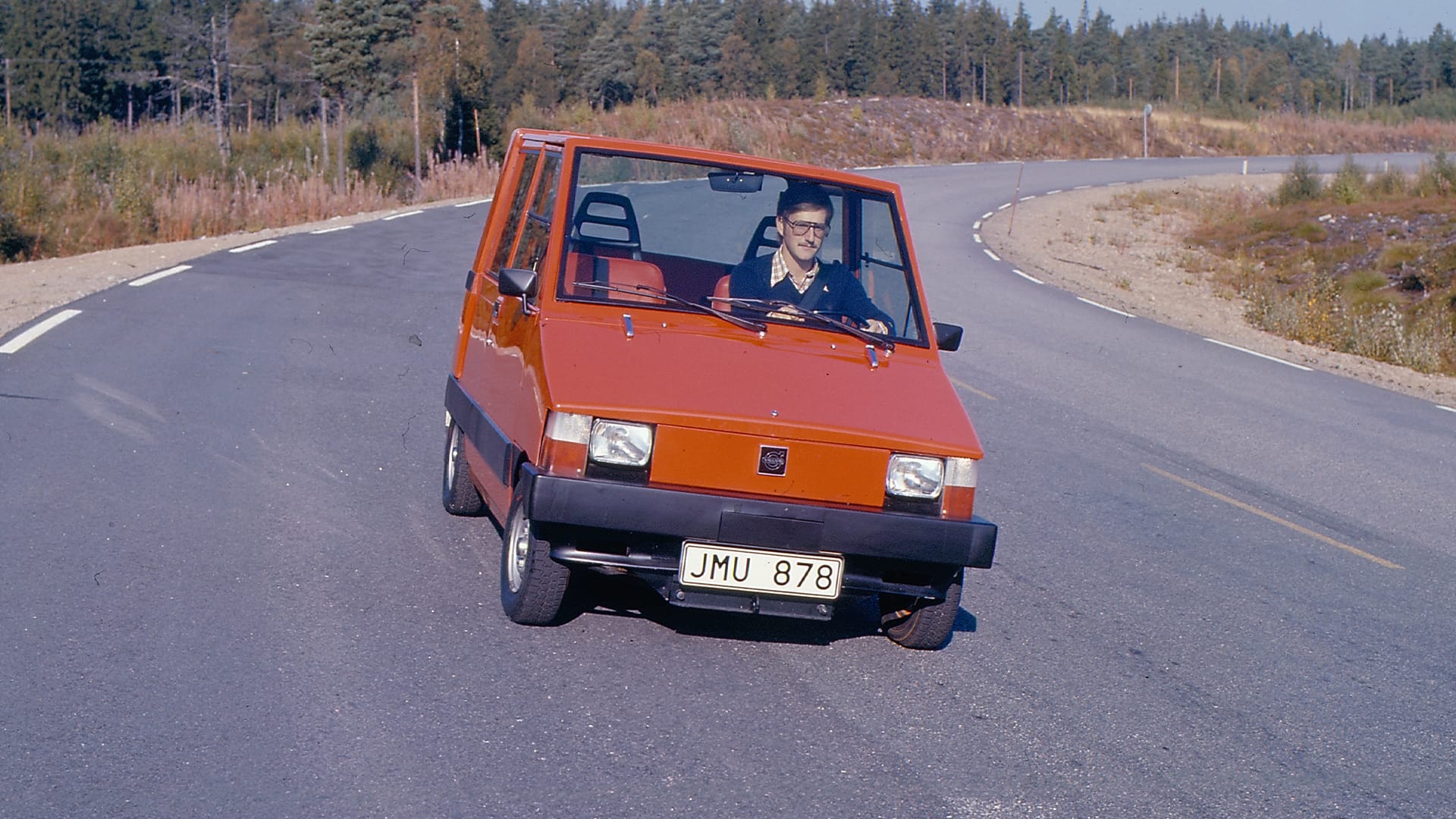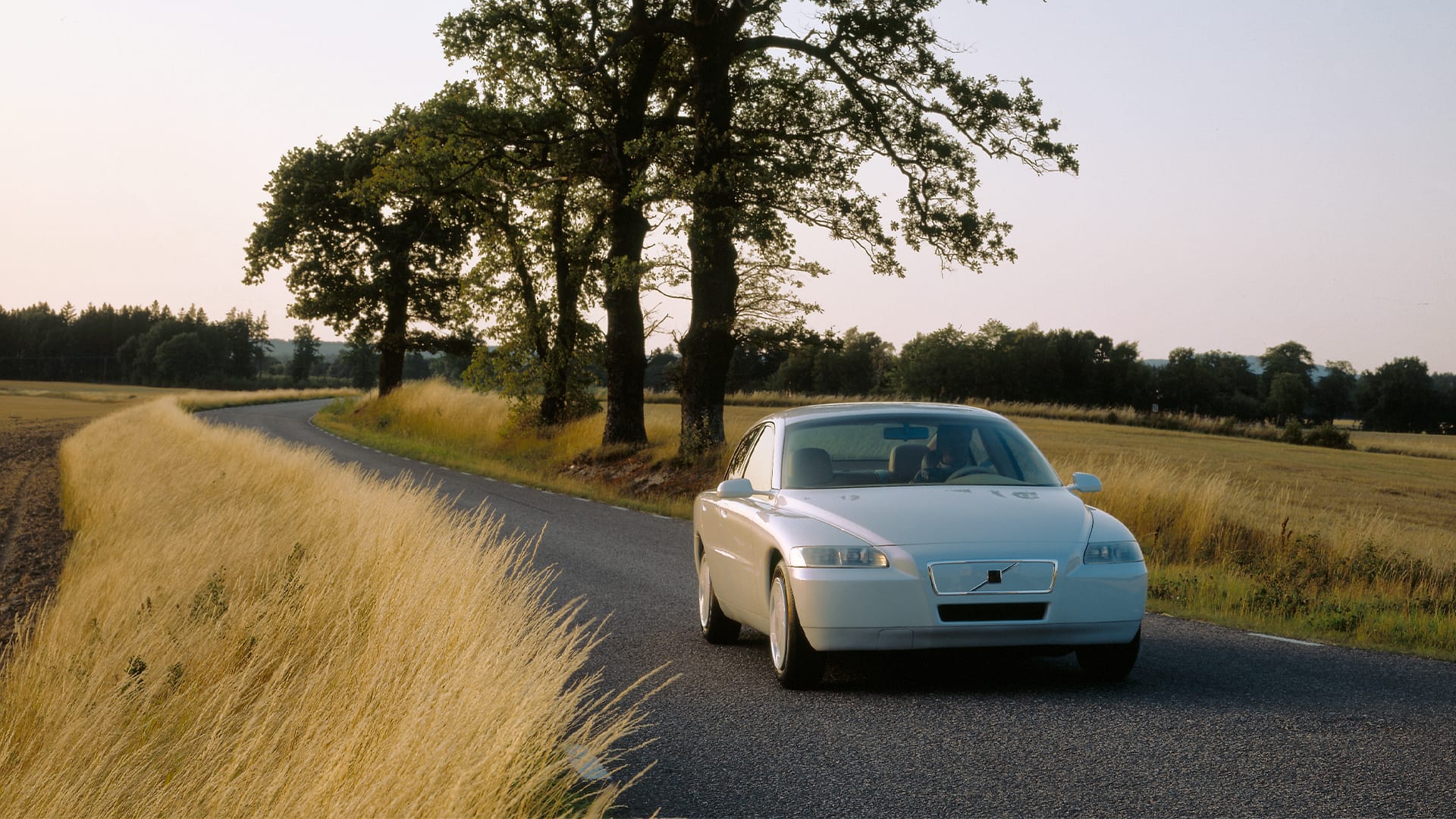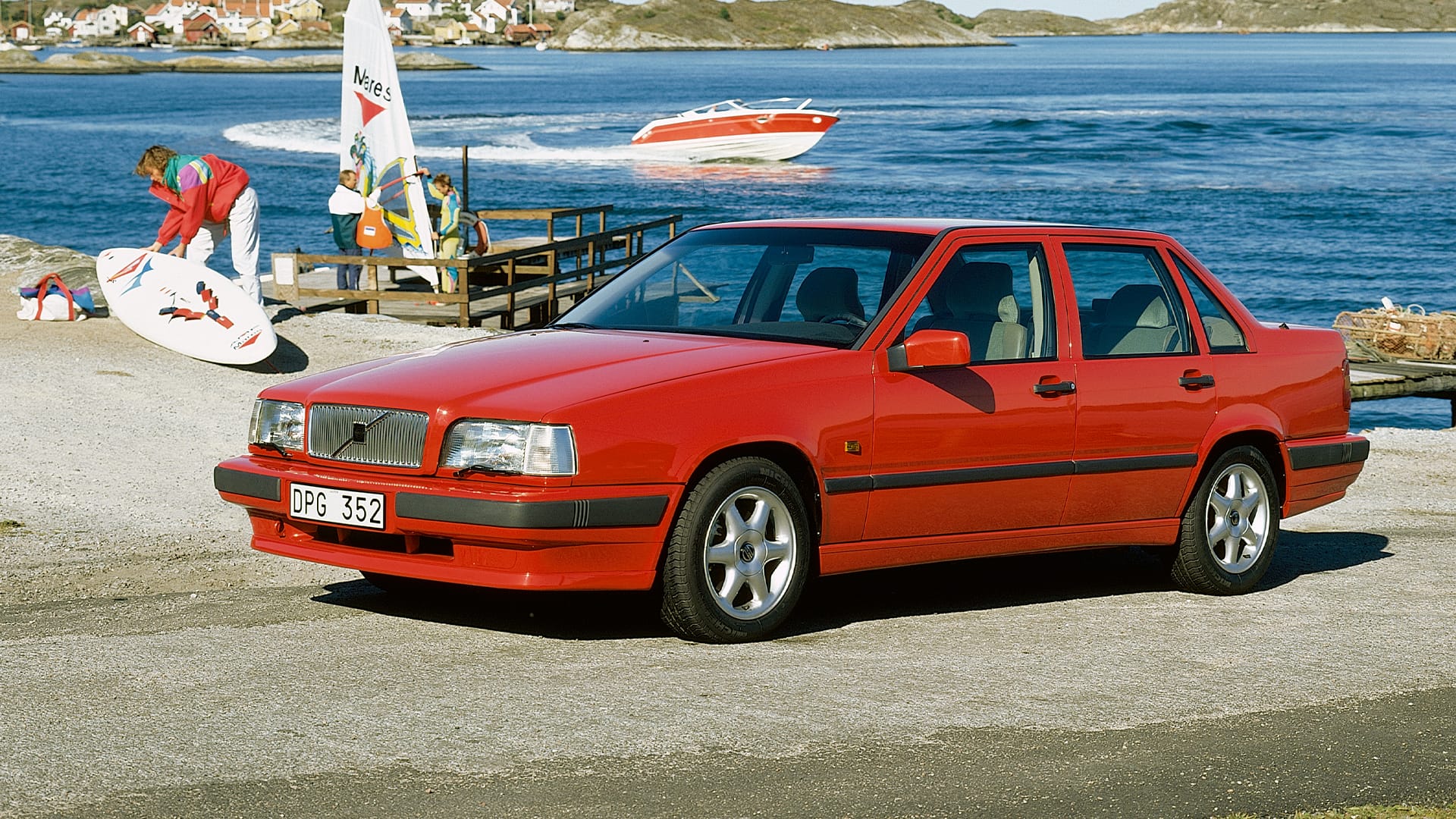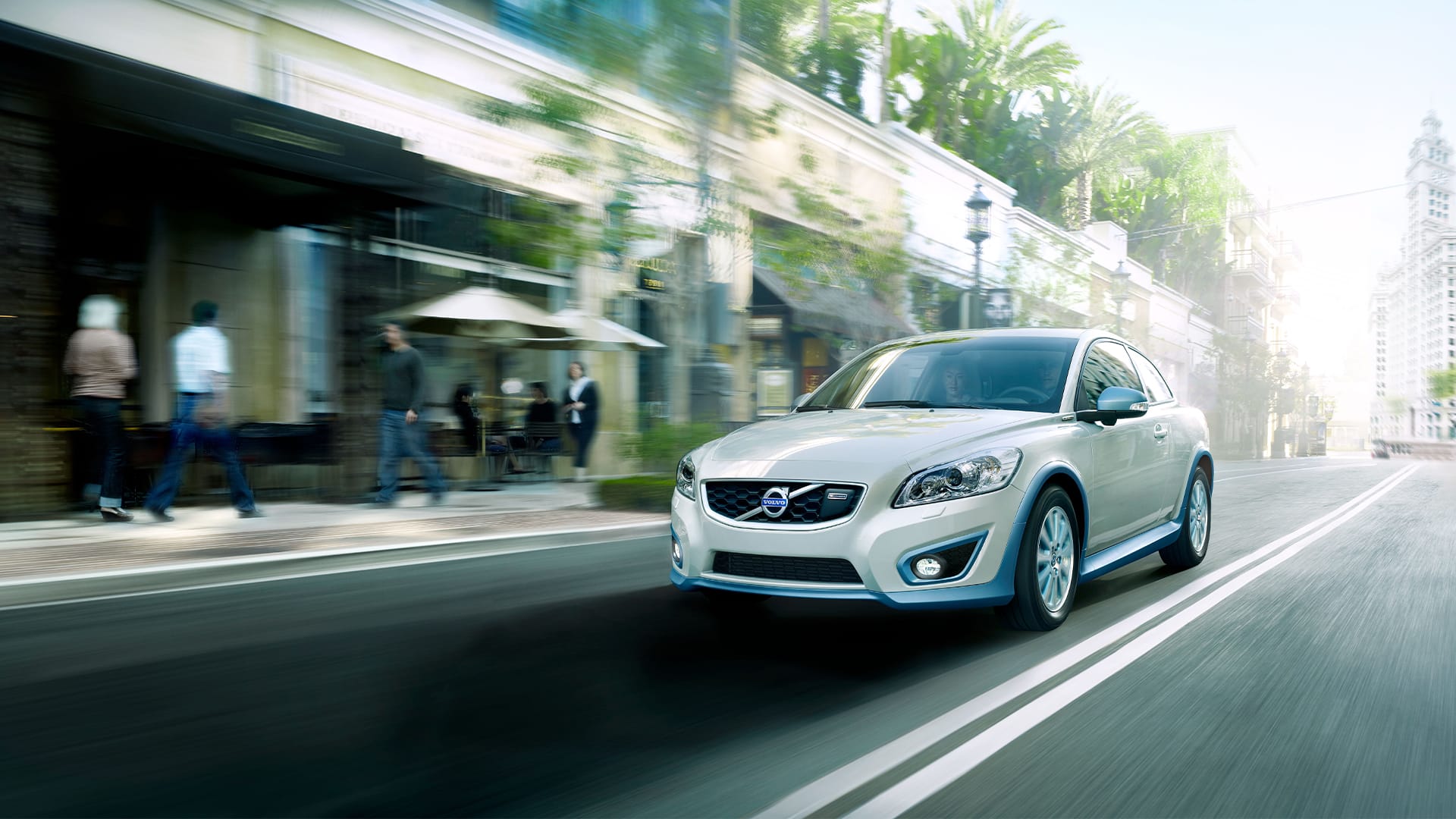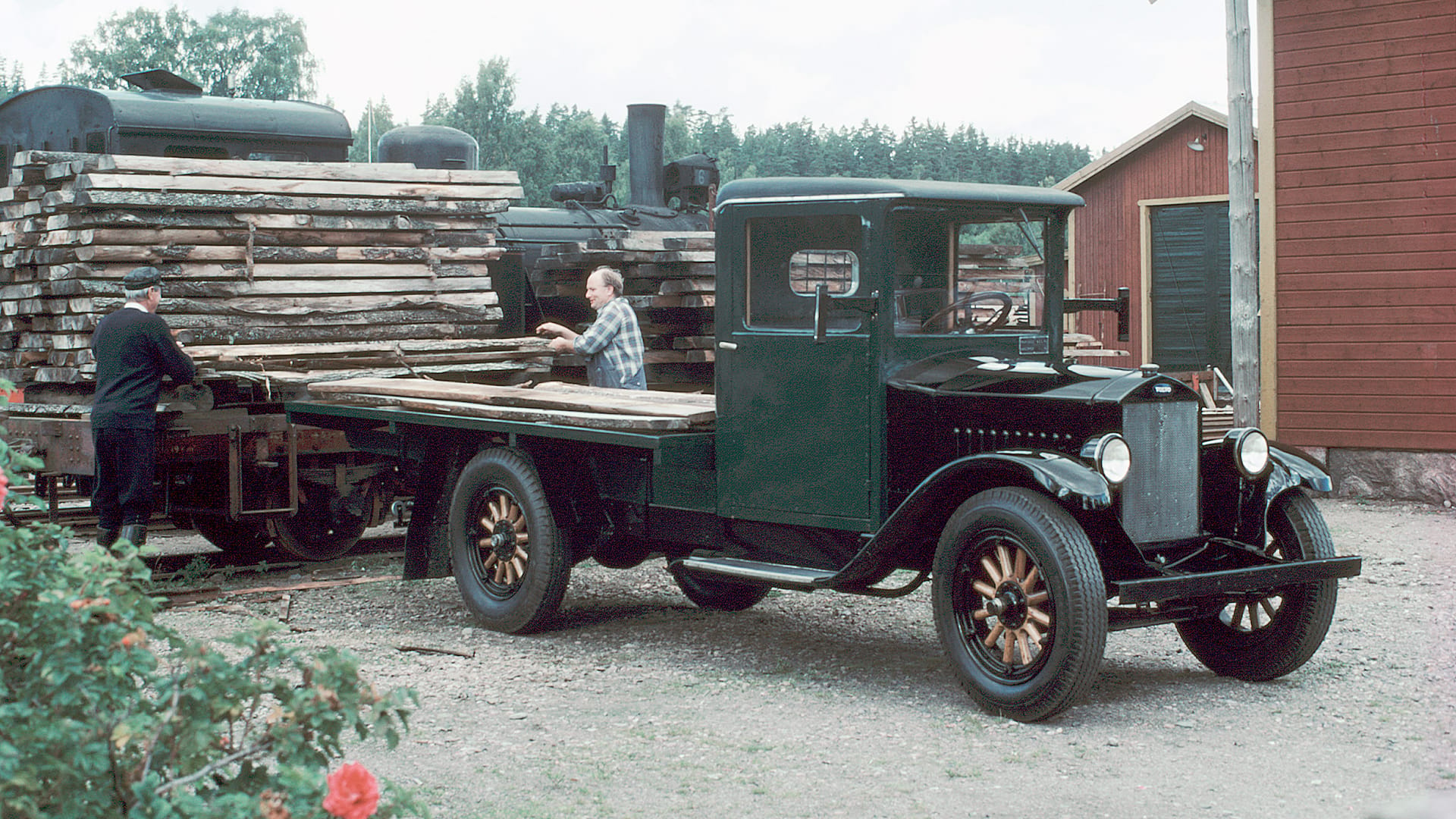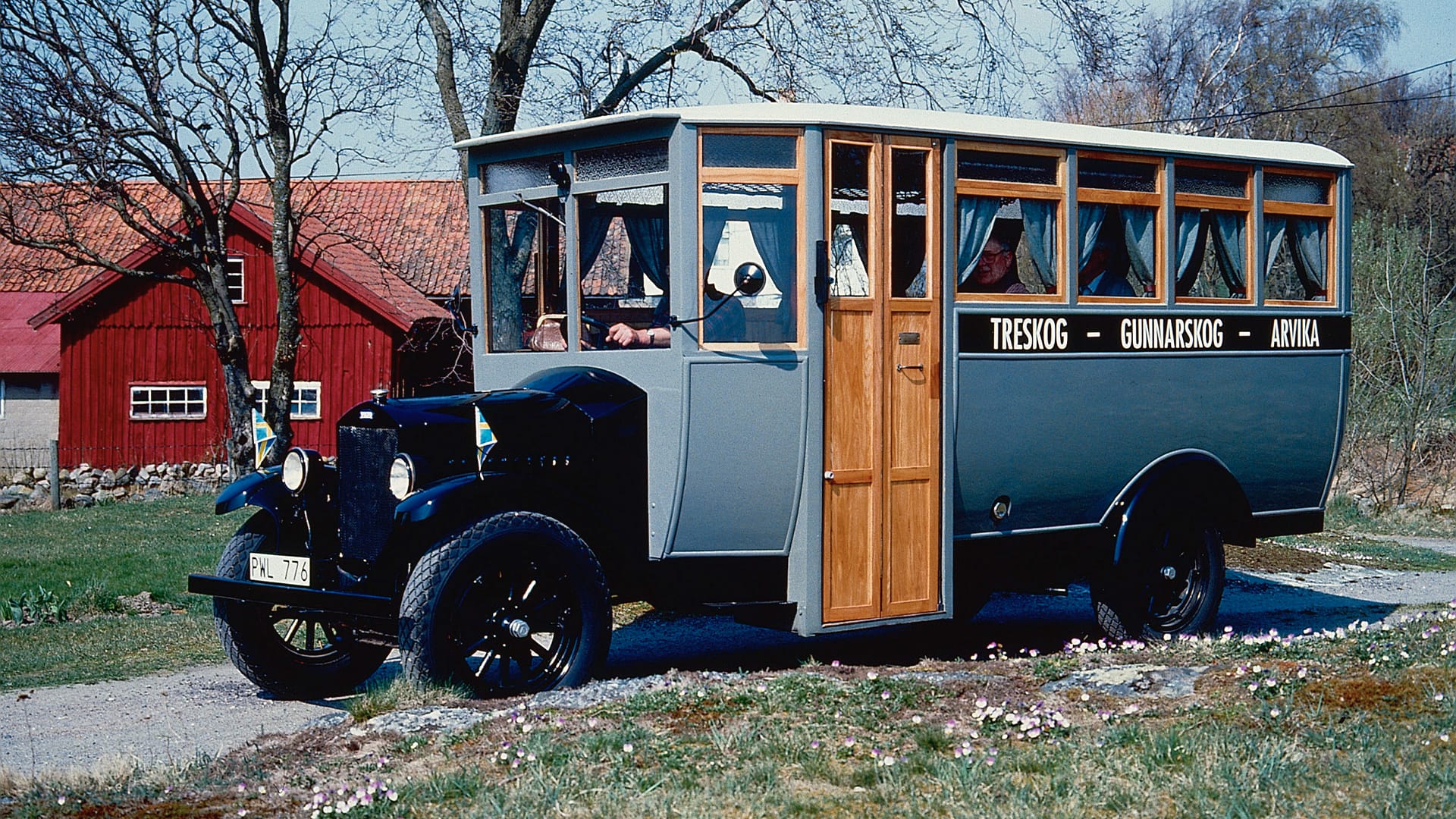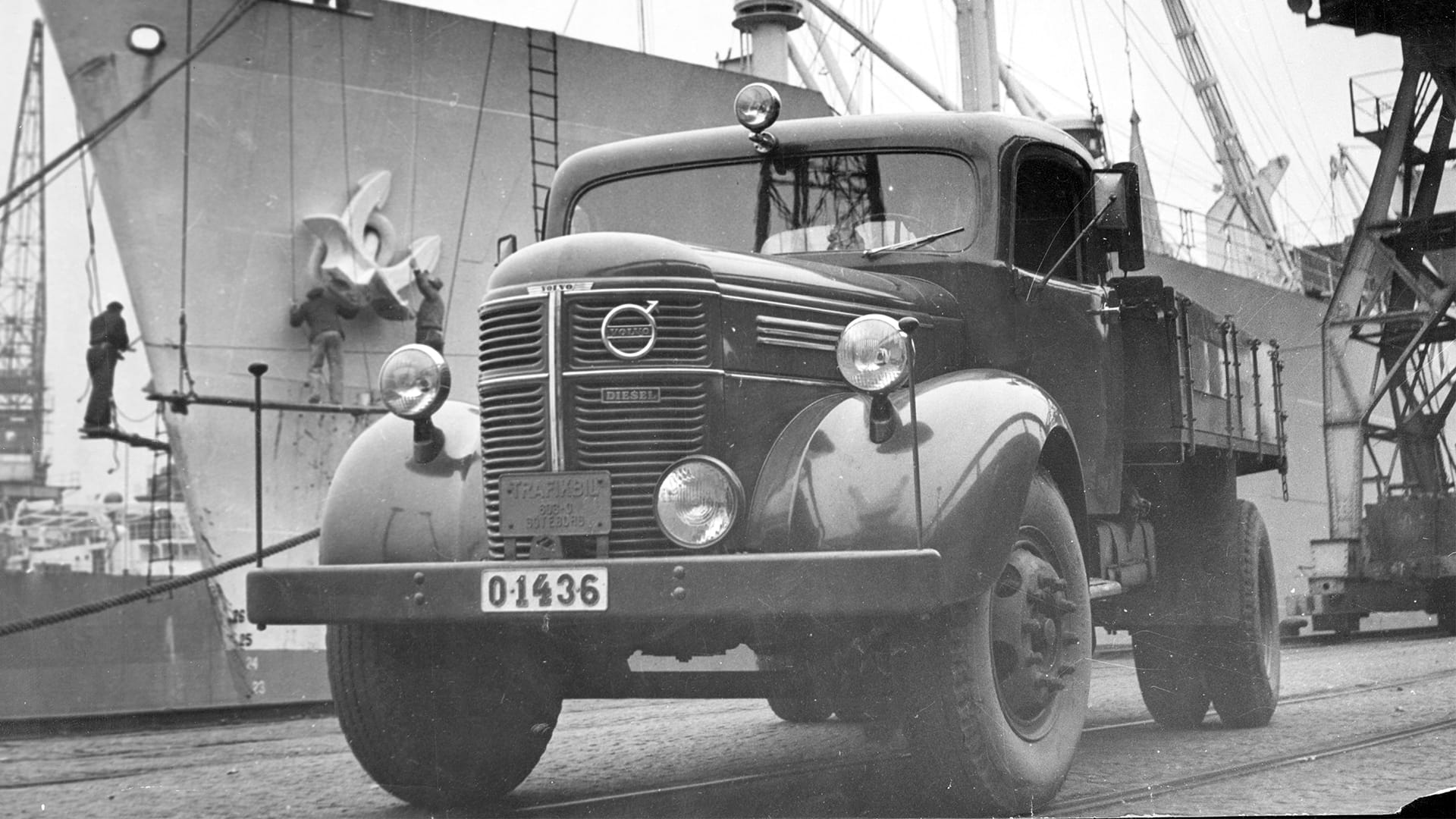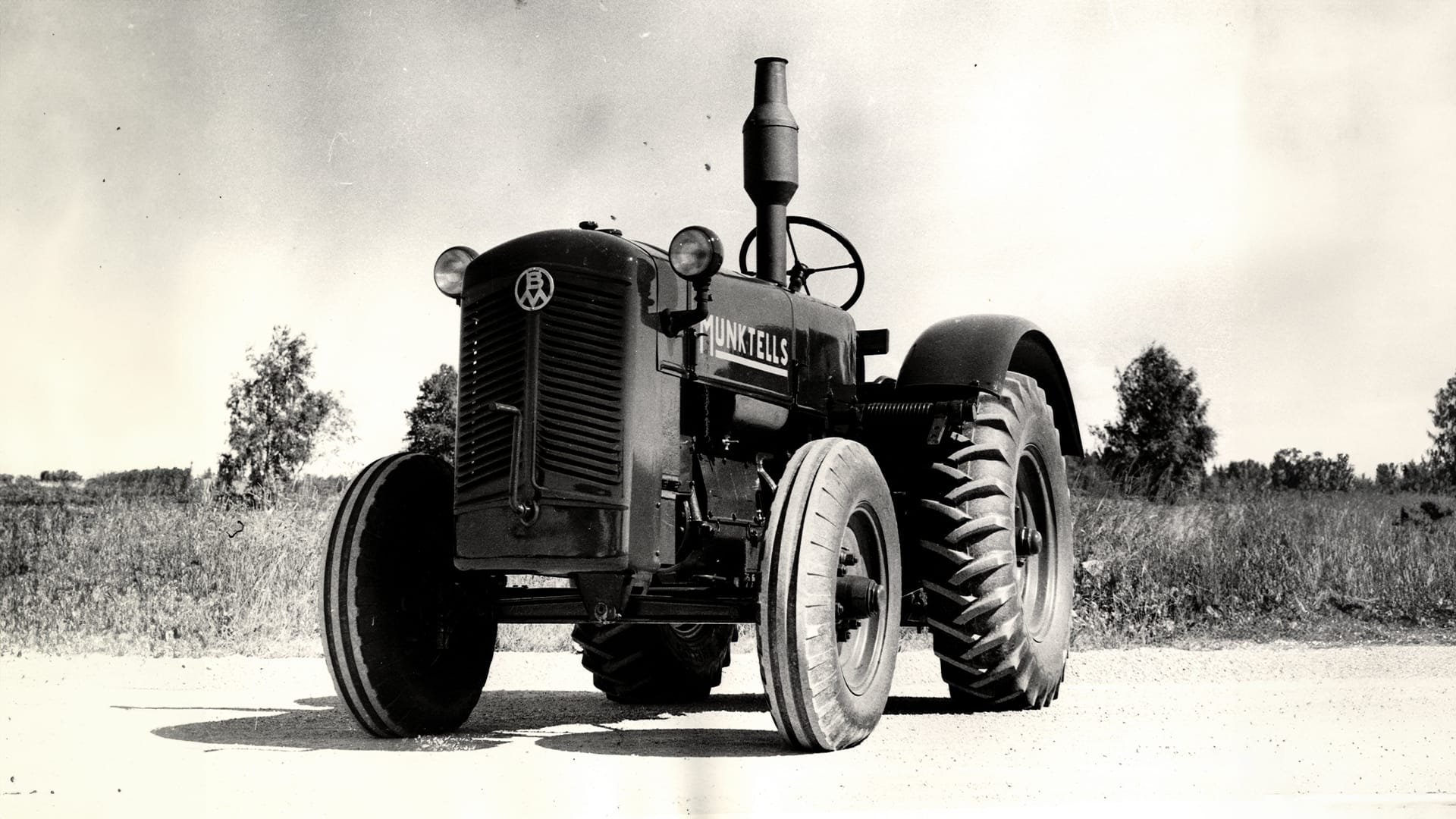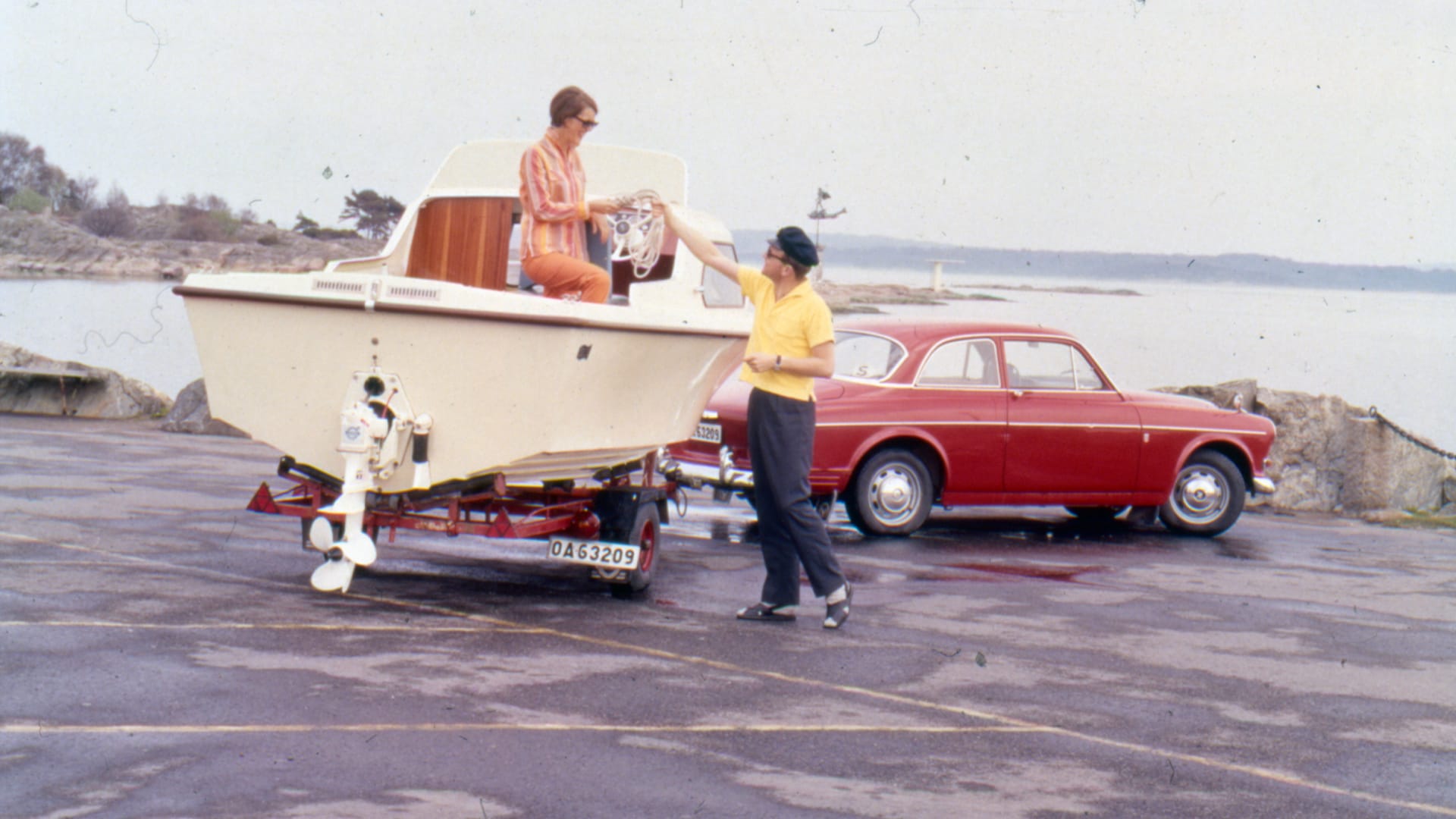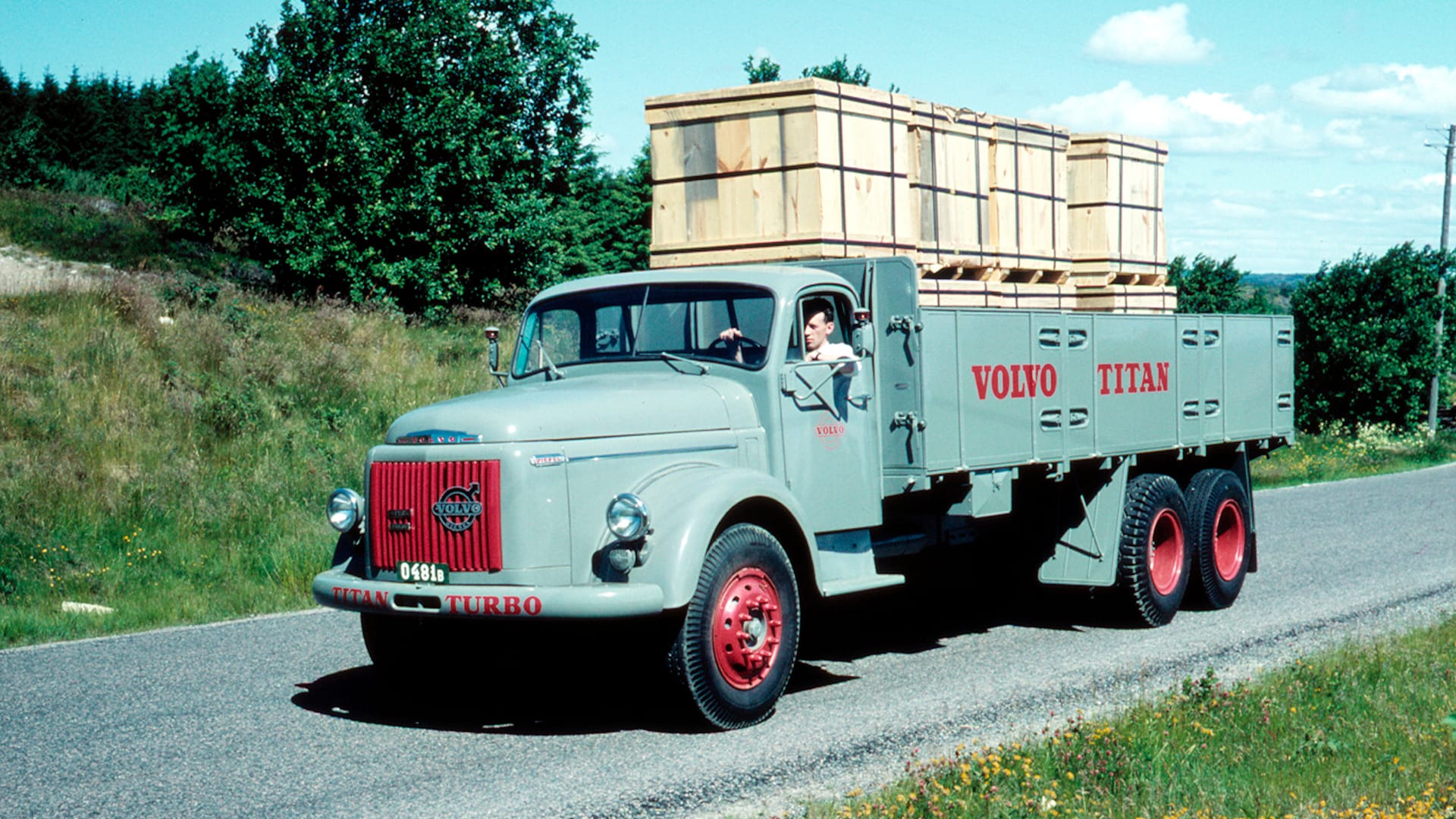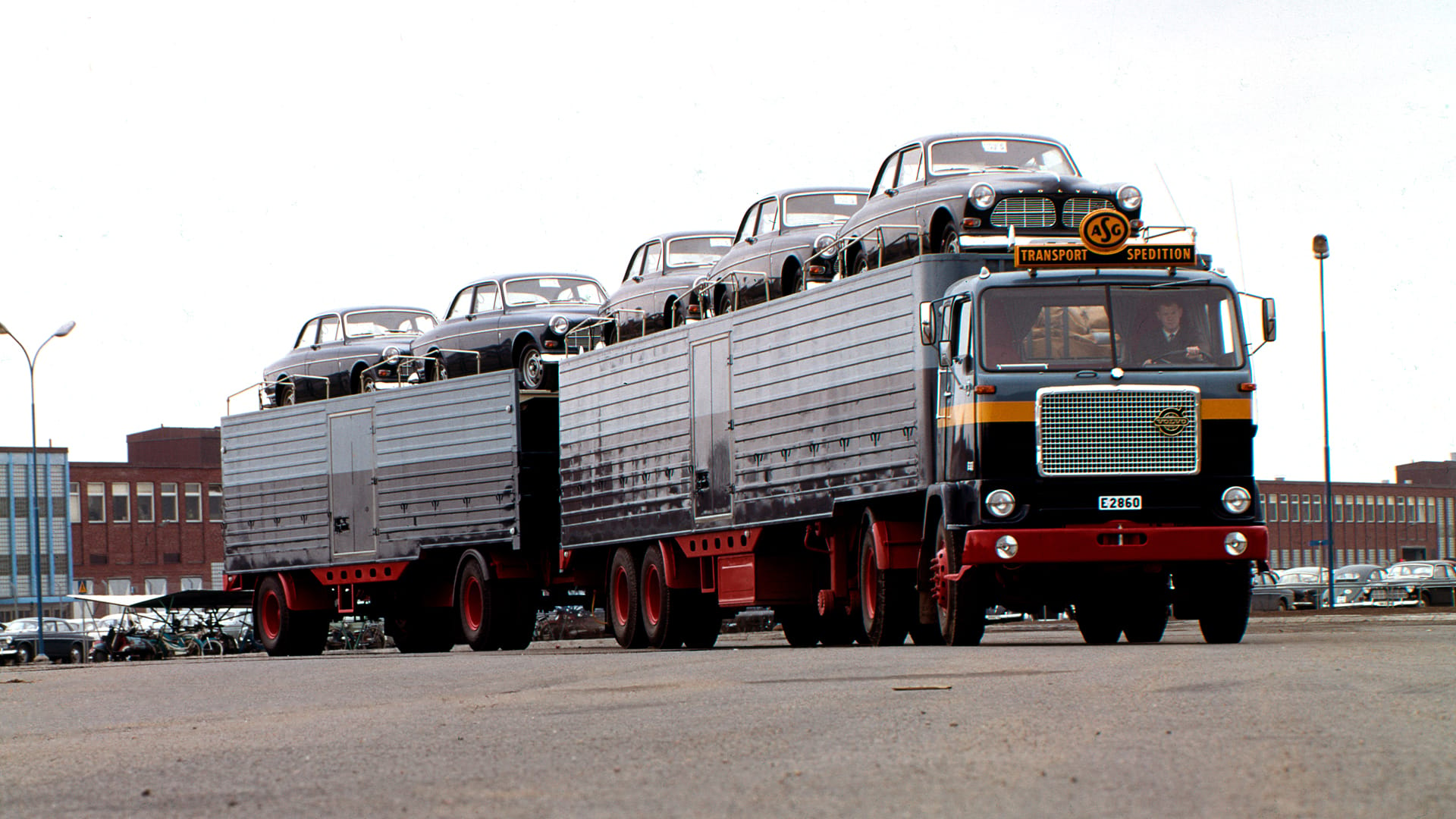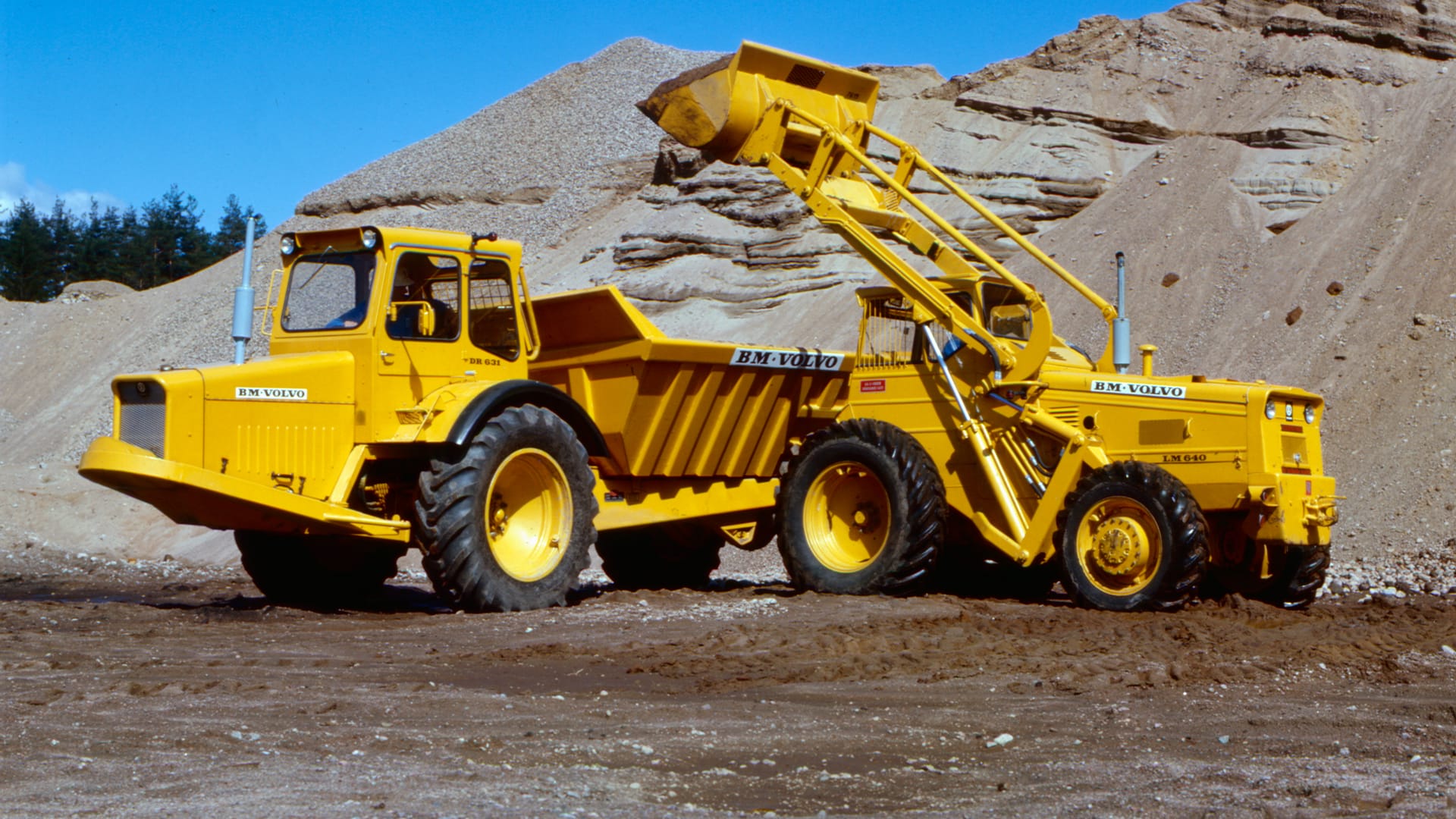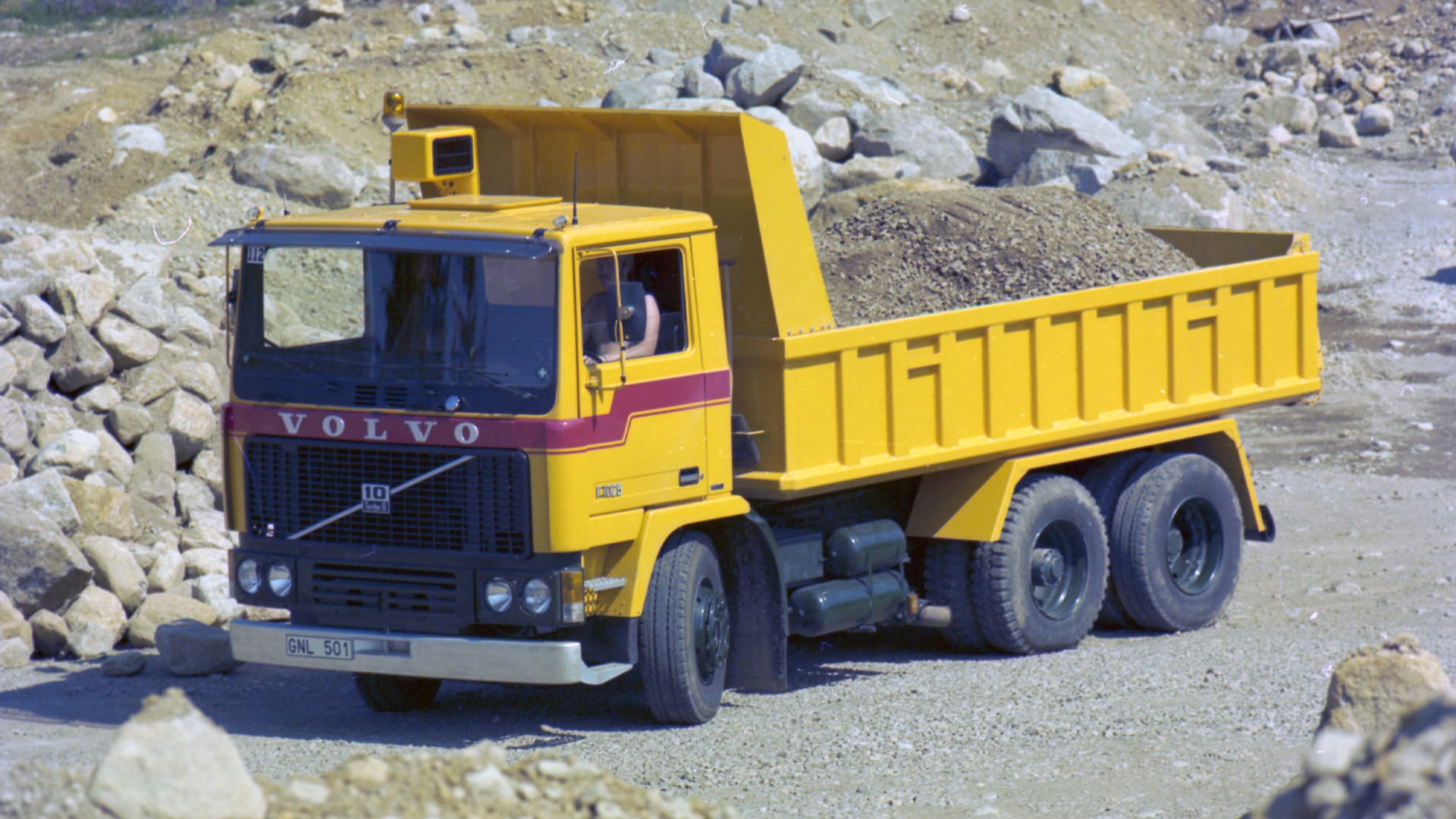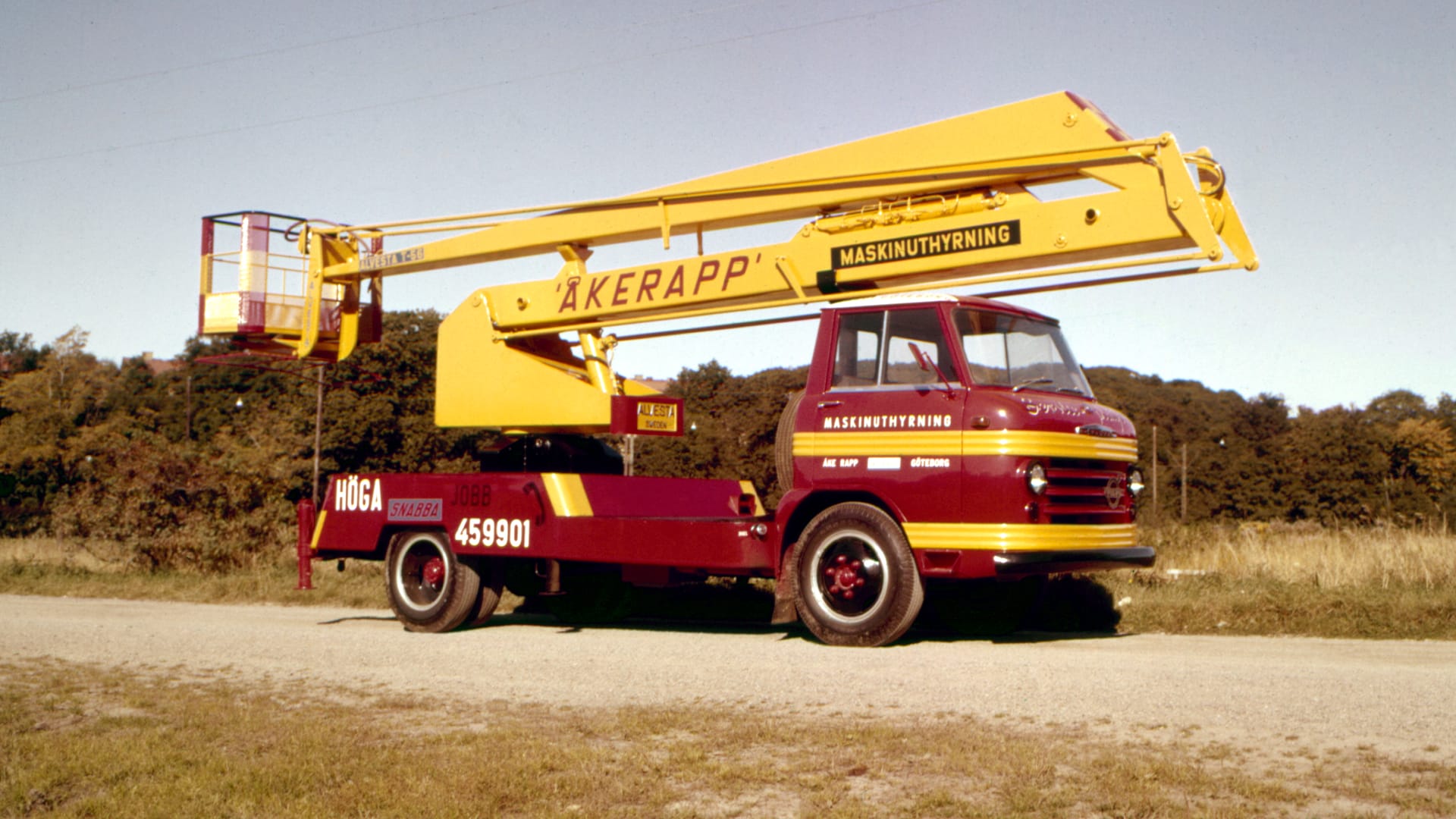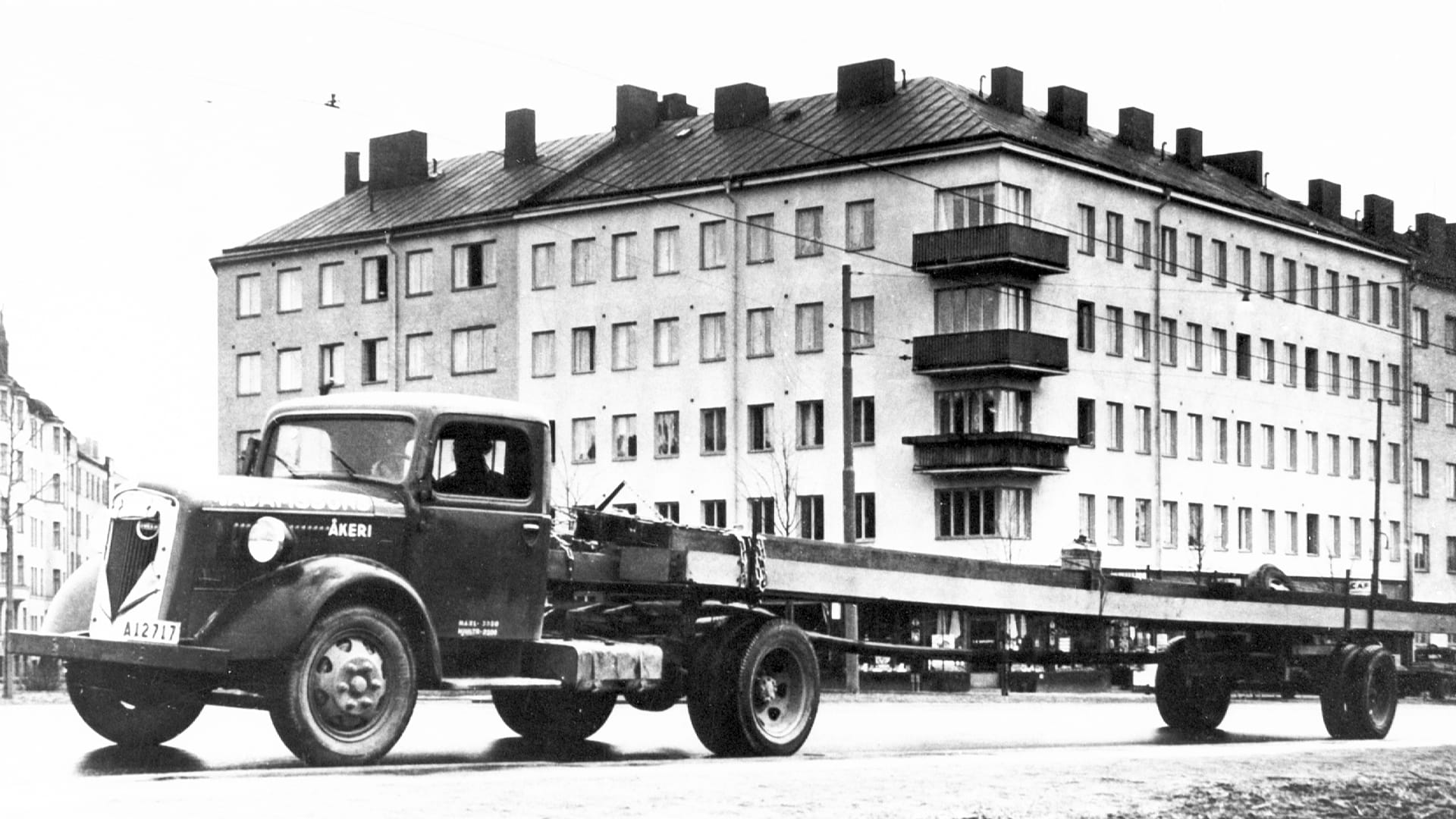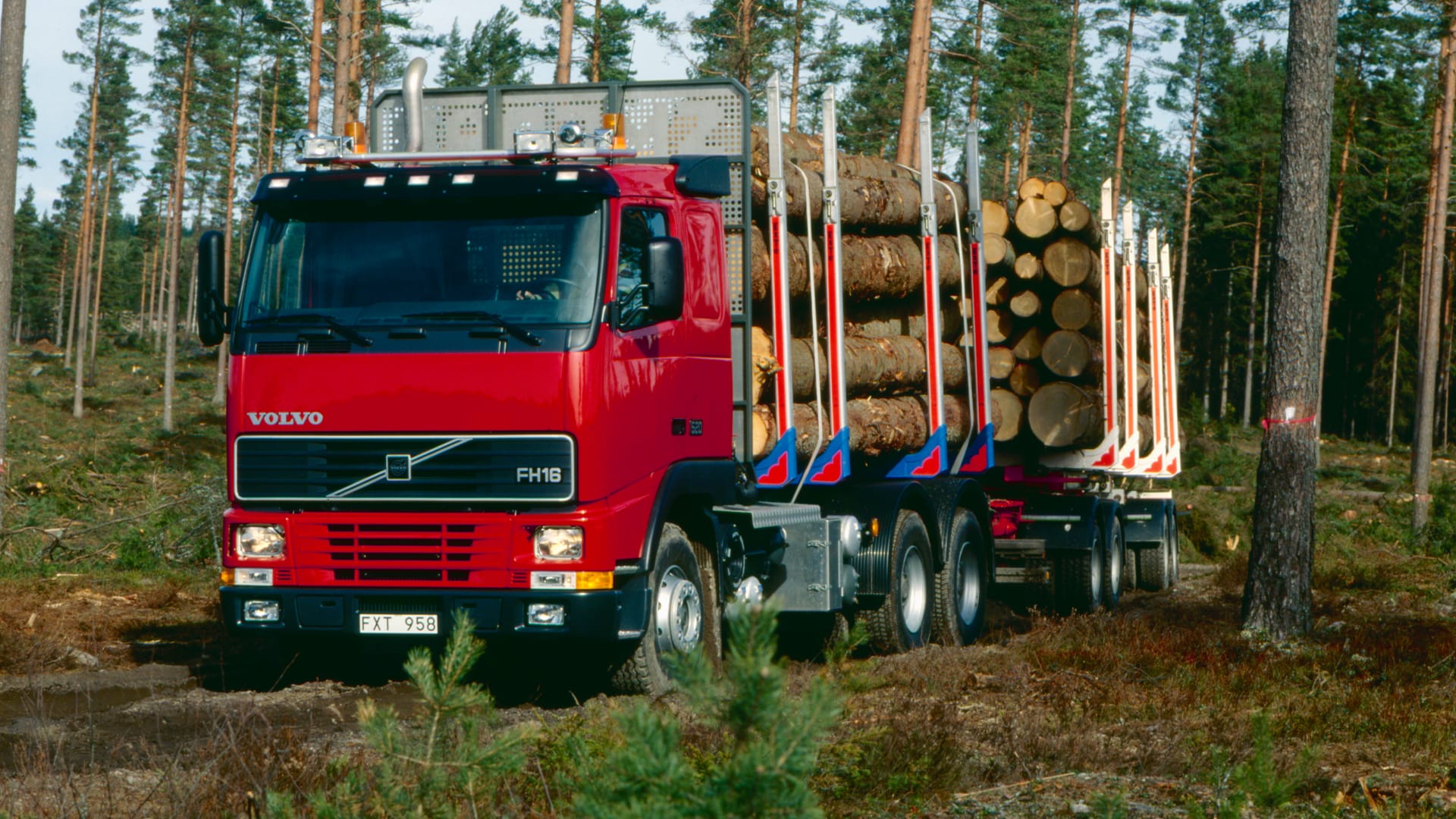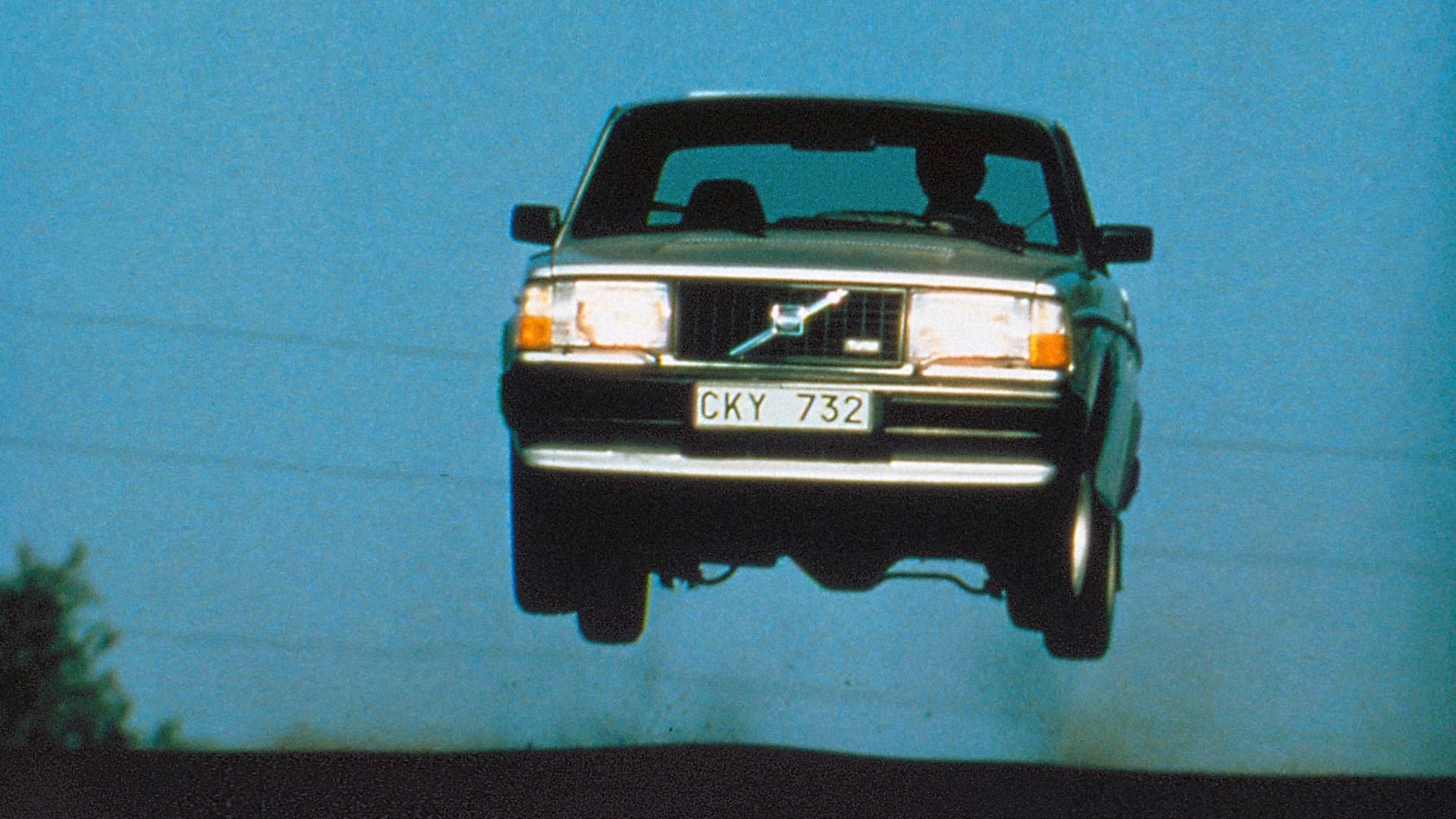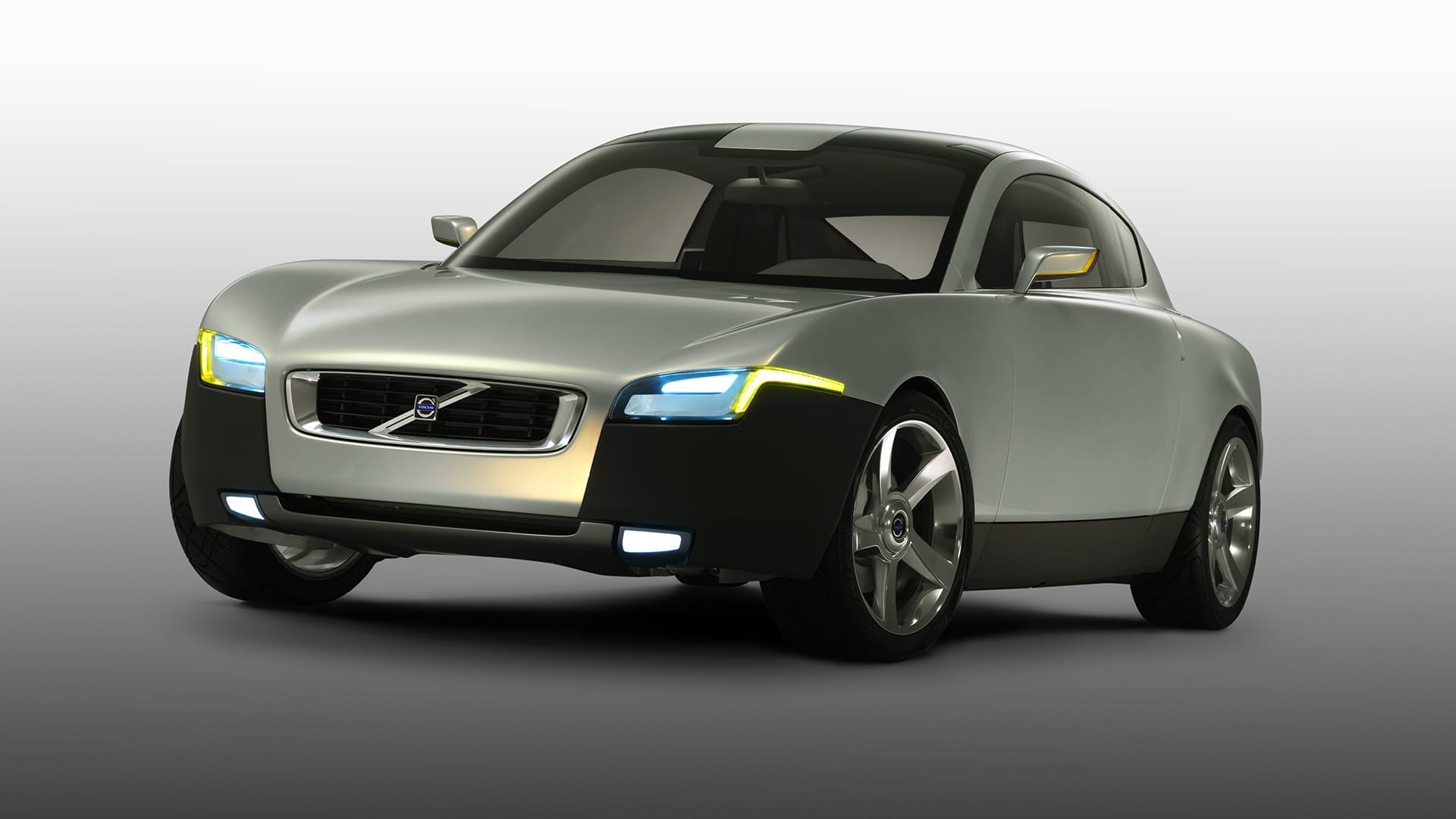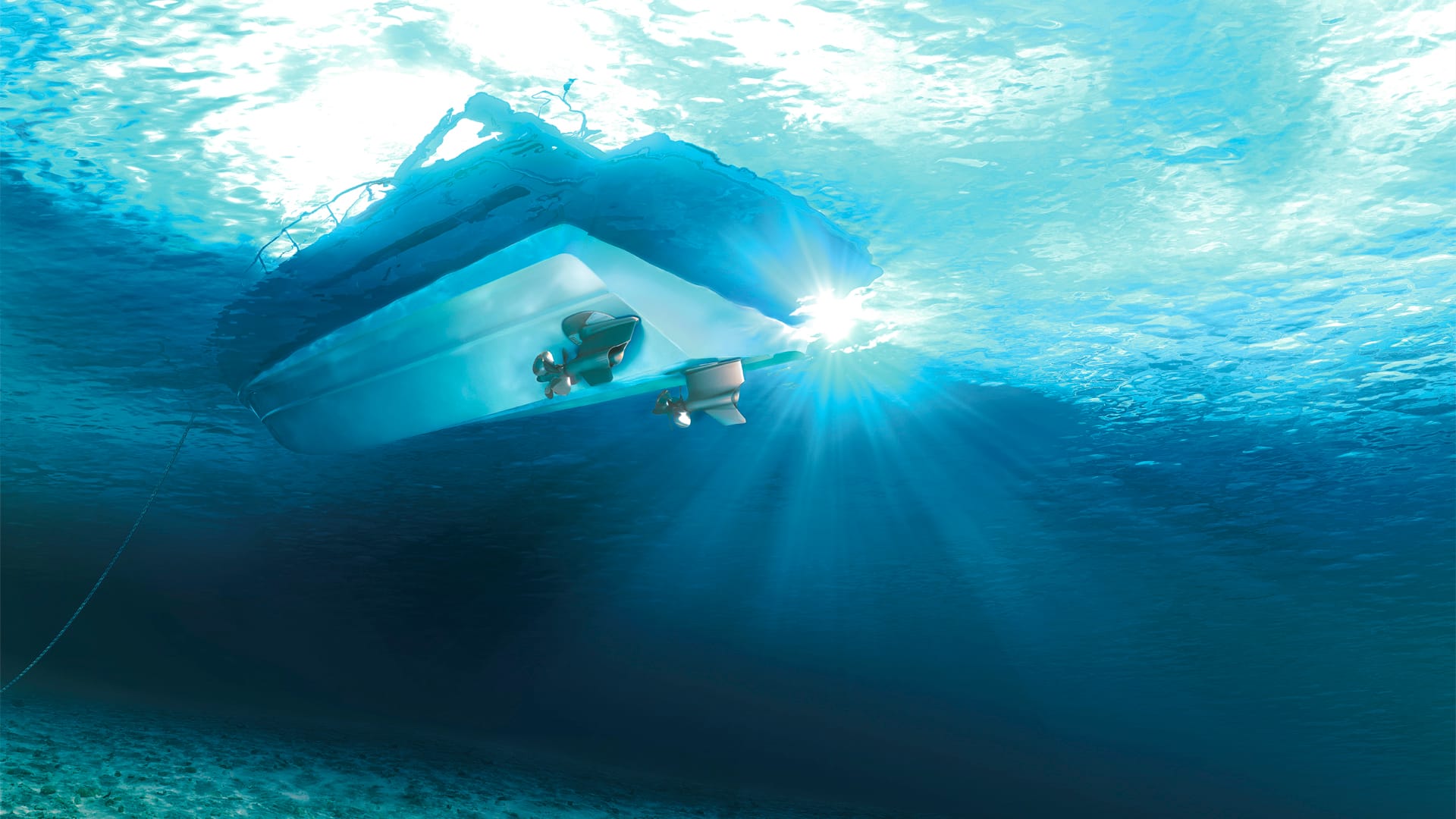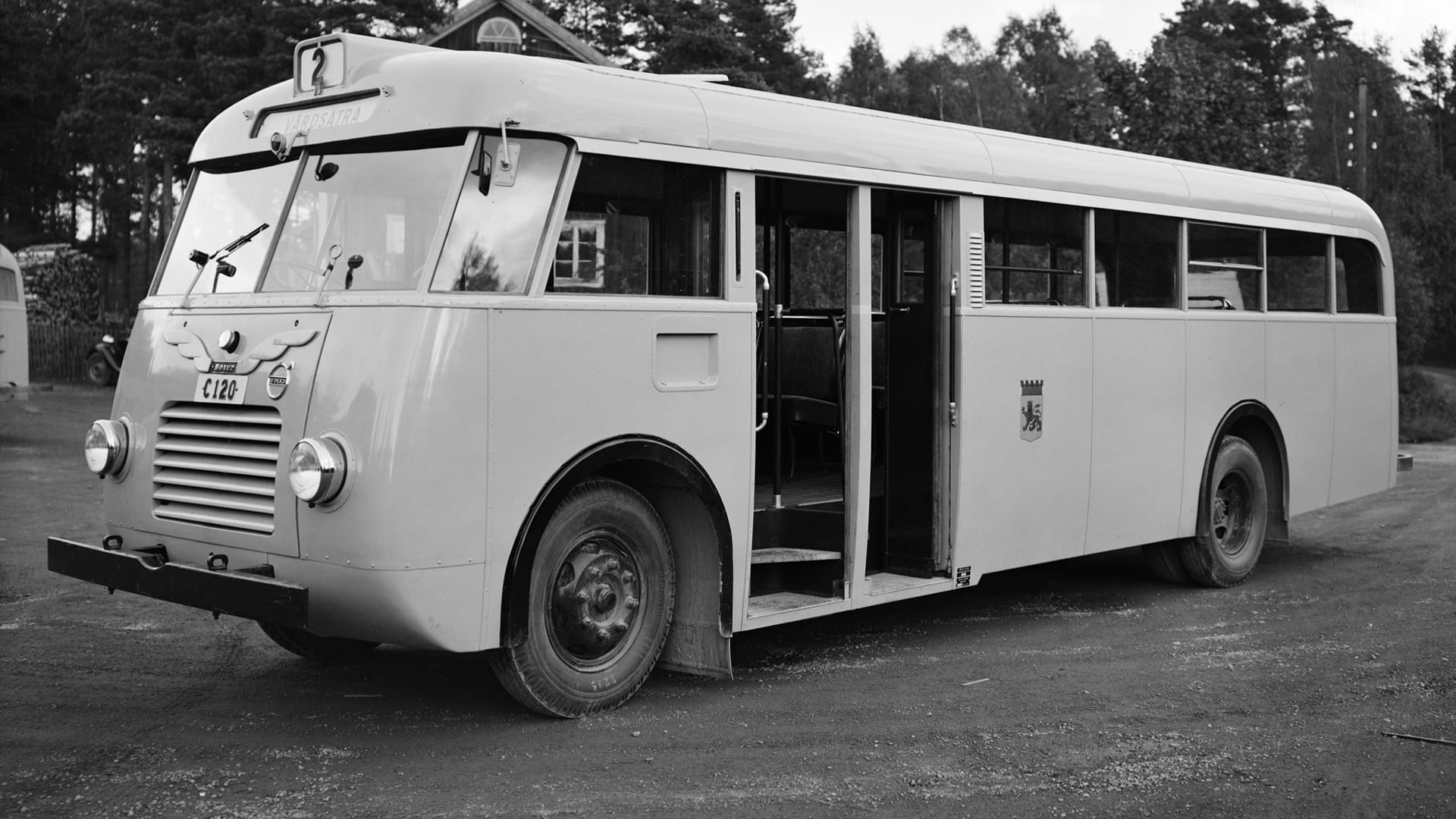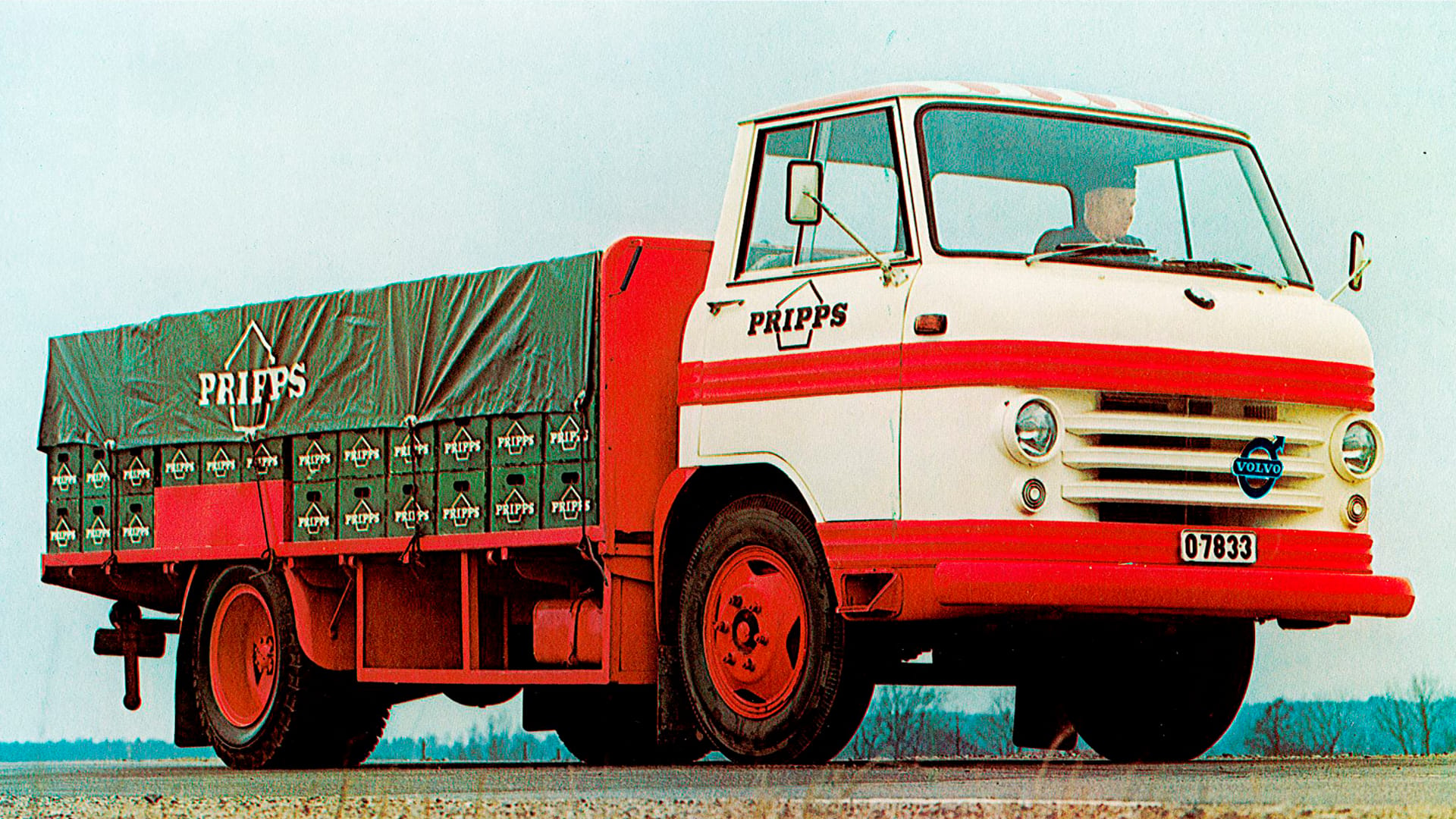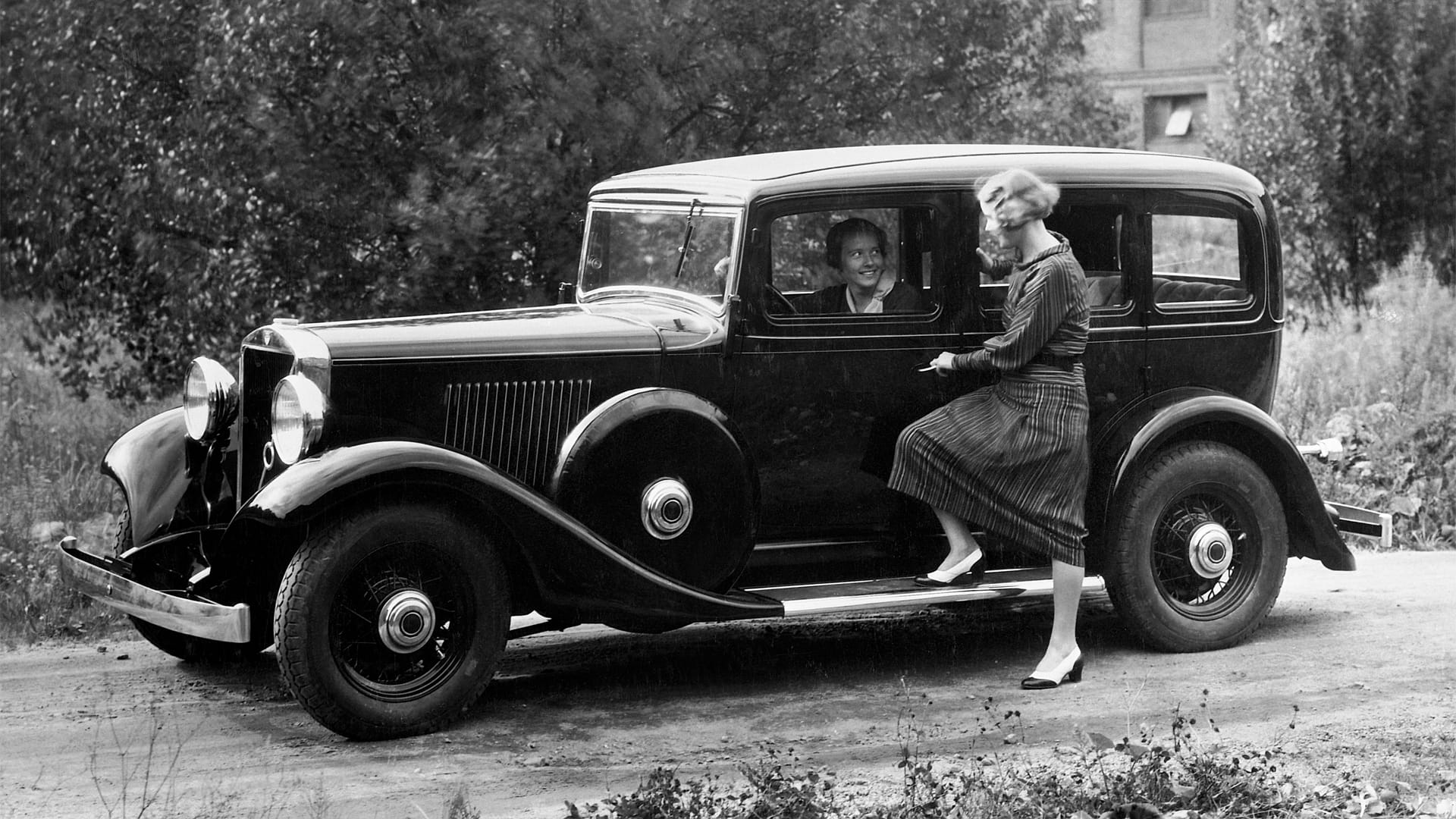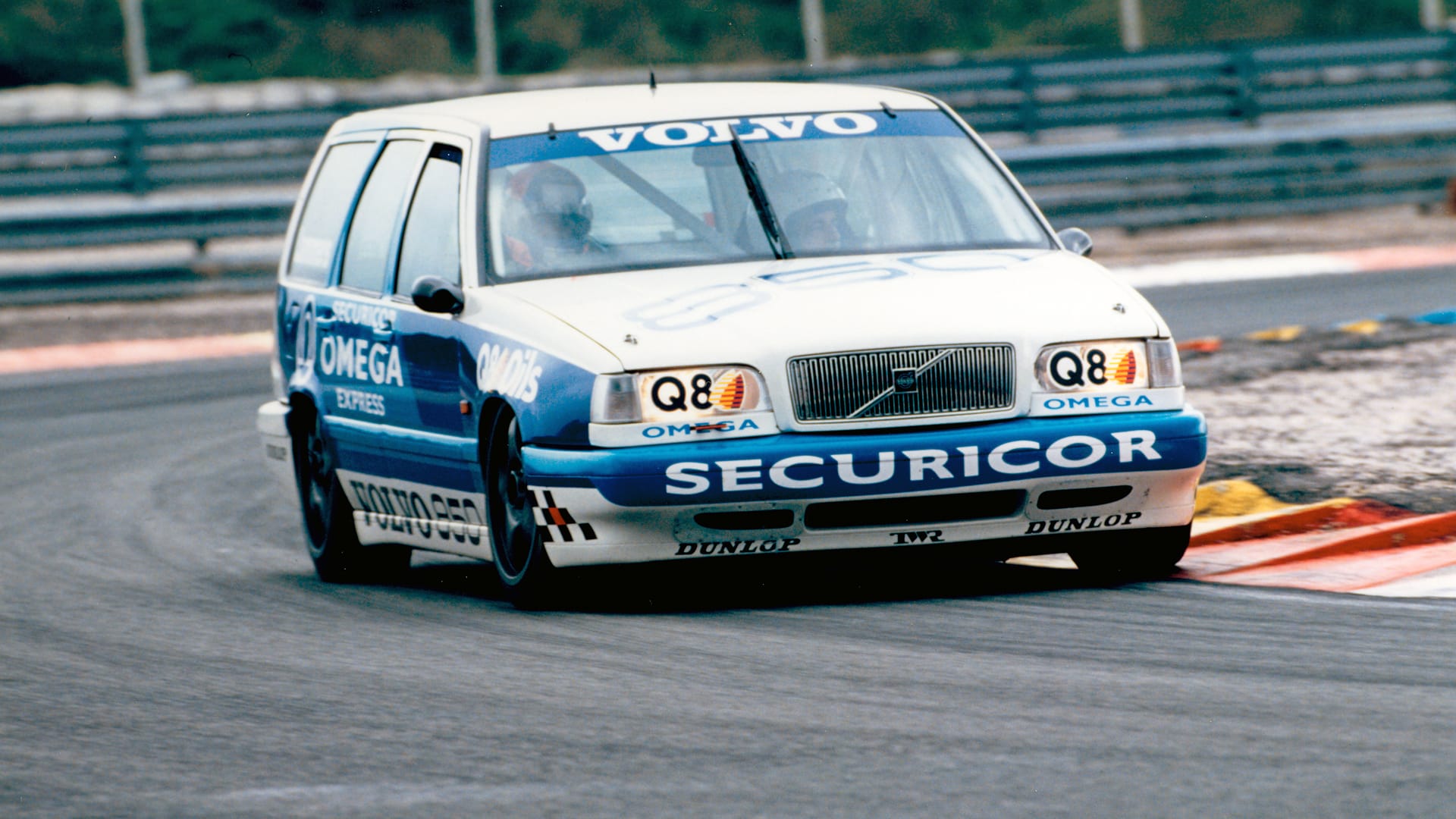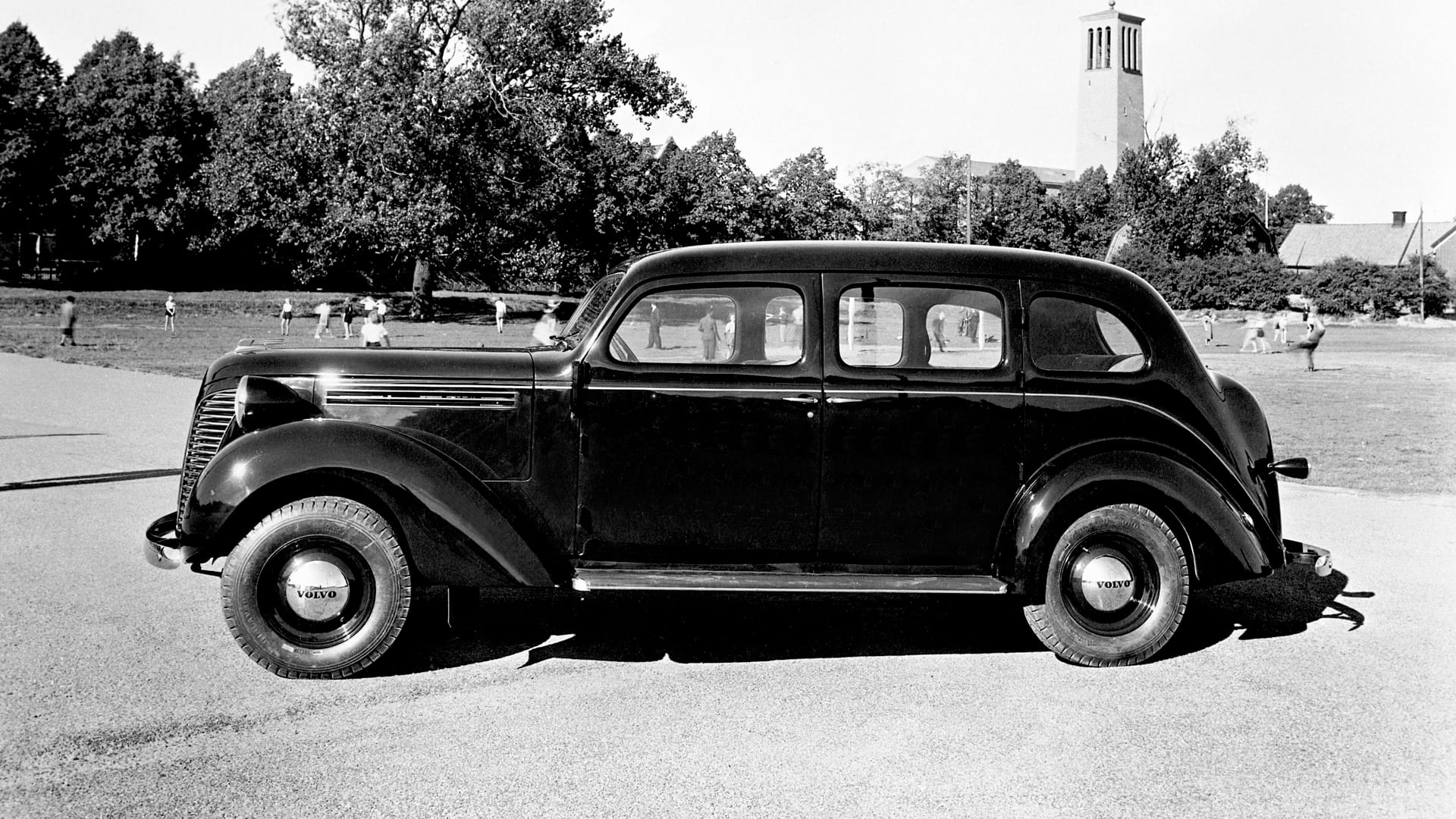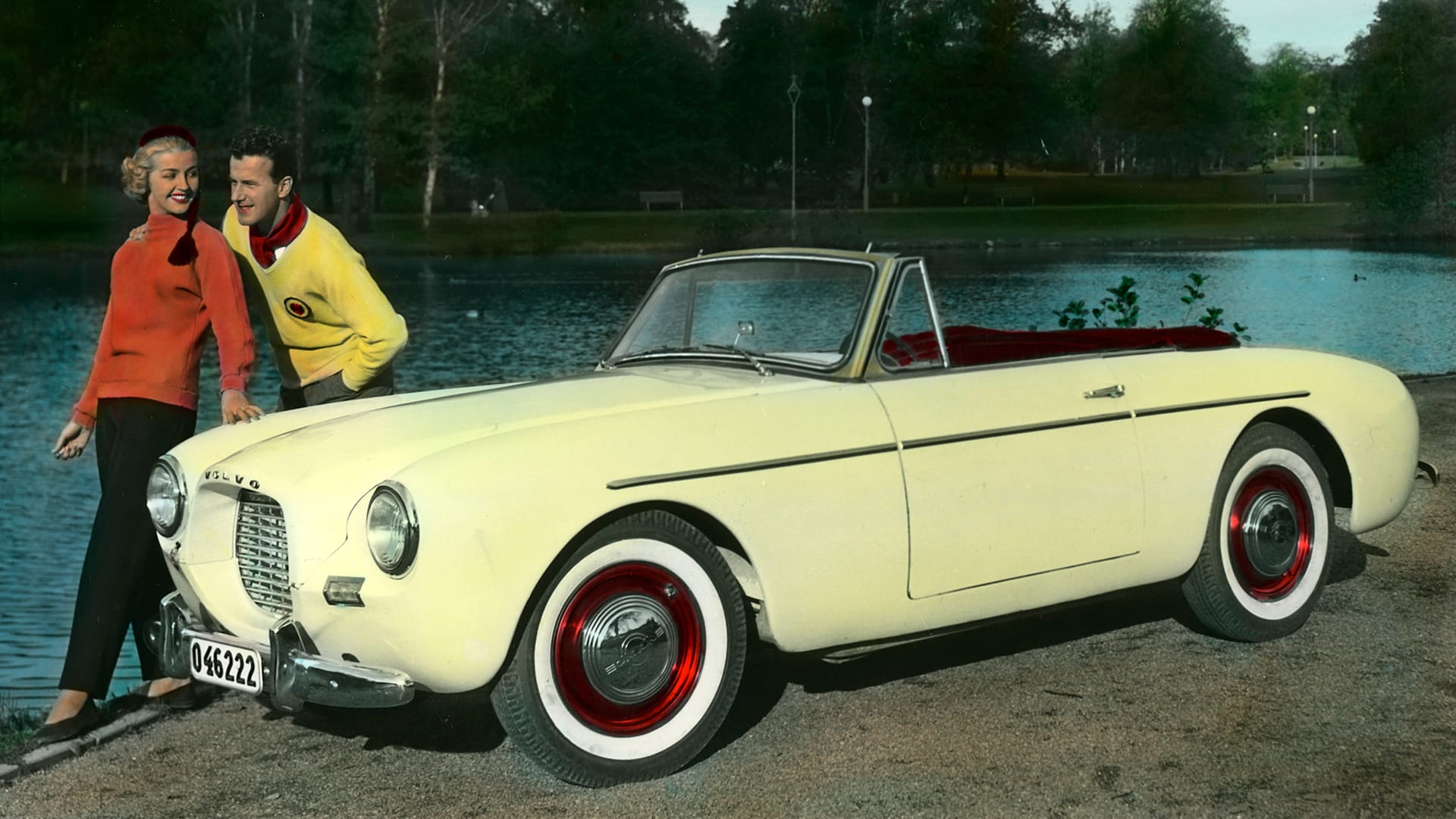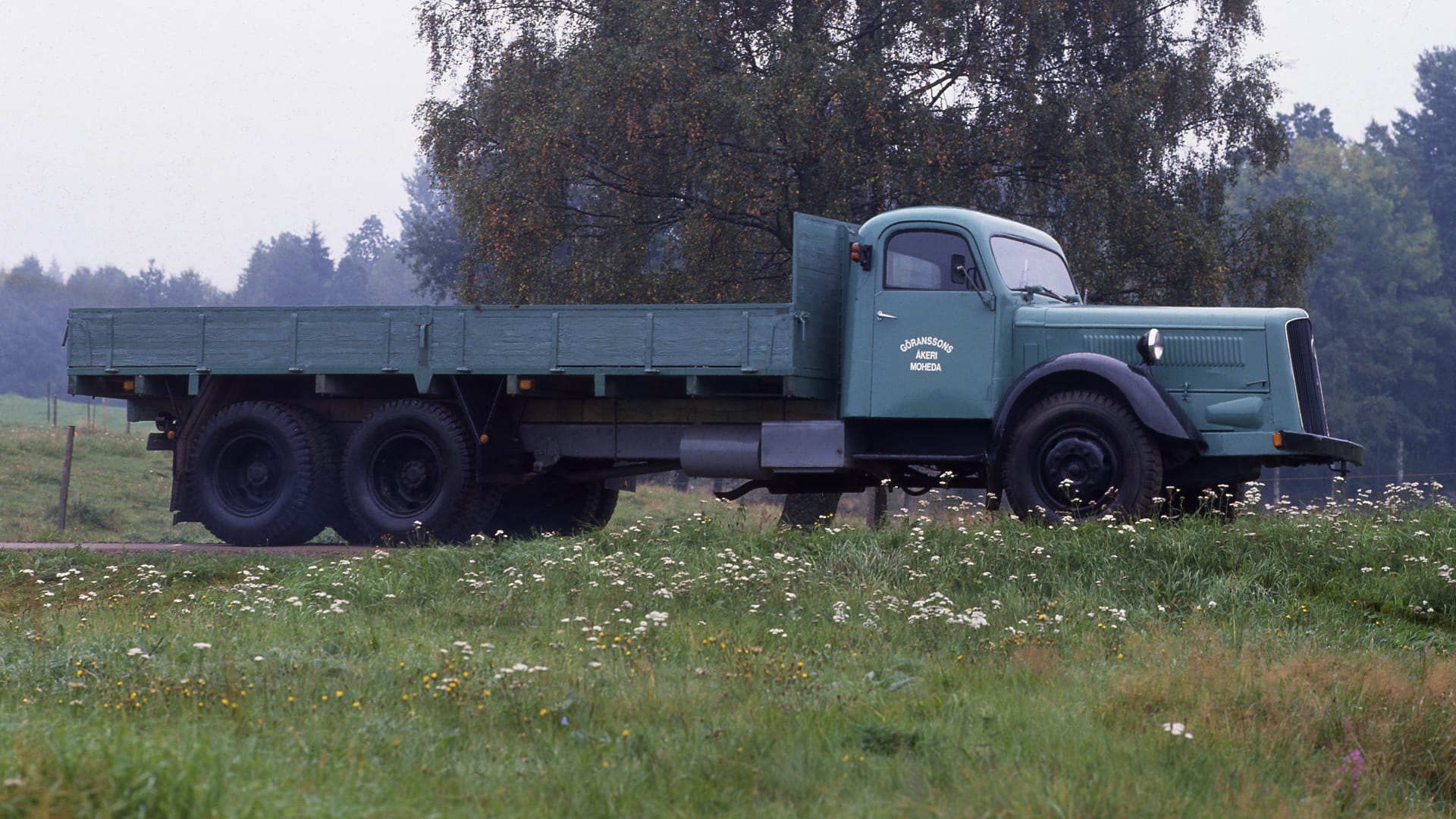ÖV4 Engine
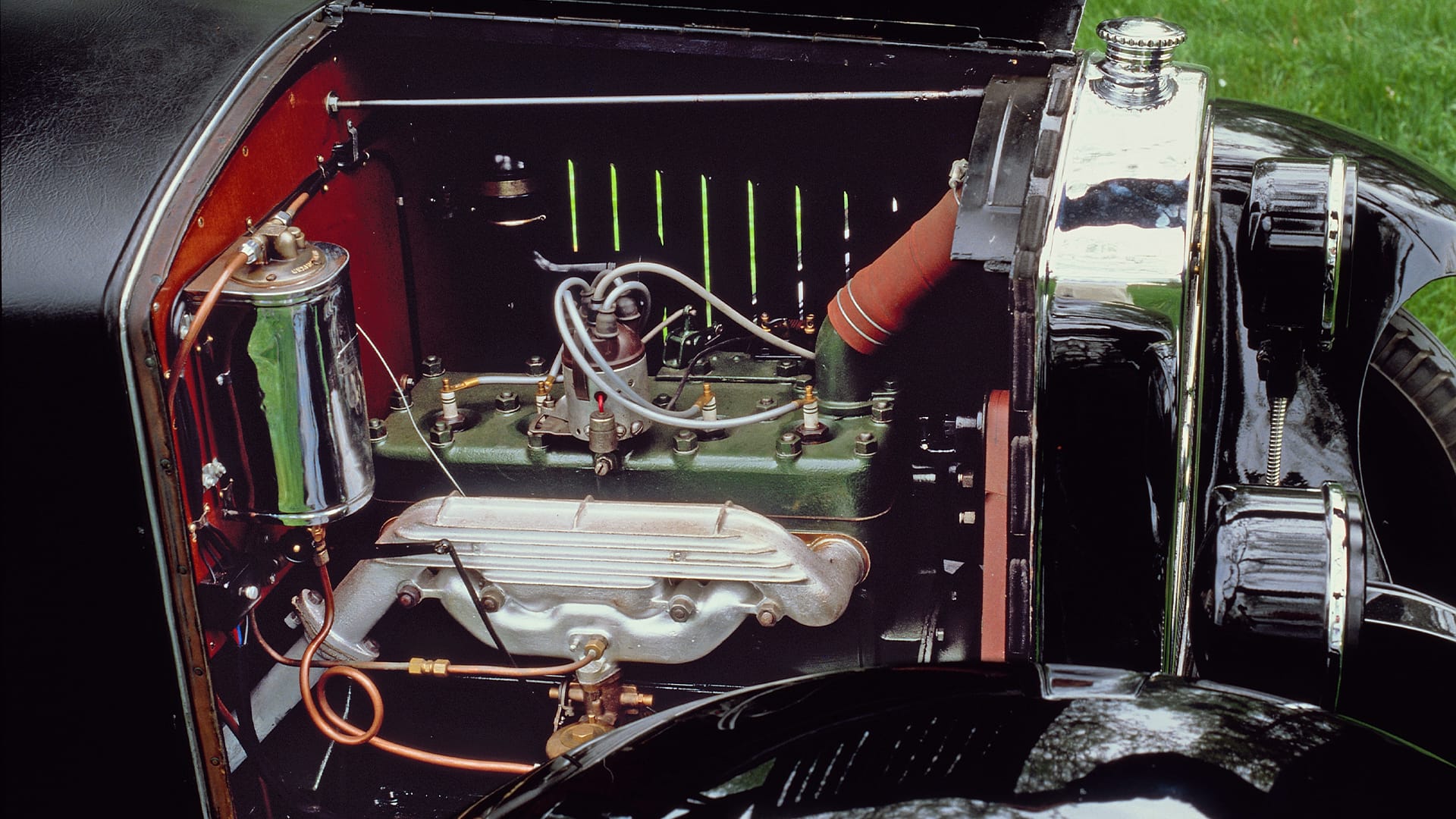
A short story
The engine in the first models becomes known for its high quality and is crucial for Volvo during its early critical years. It is a four-cylinder engine, delivering 28 horsepower, which enables the ÖV4 to reach a top speed of 90 km/h. However, a cruising speed of 60 km/h is considered more suitable.
The engines are manufactured by AB Pentaverken in Skövde, which in 1935 becomes the first company Volvo acquires. Despite its initial acclaim, the engine doesn't enjoy longevity due to competition. American engine manufacturers dominate sales in Sweden – during the 1920s, the Ford Model T is the country's best-selling car – and they offer six-cylinder engines at the same price as the ÖV4. Volvo management heeds the criticism, and after two years, a six-cylinder engine with almost double the horsepower, 55 hp, is introduced.
UK inspiration
The ÖV4's engine is likely inspired by a motor developed by White & Poppe in Coventry, England, in the early 1900s. Gustaf Larson works at the company from 1911 to 1913, and William Morris also visits to design his first car and construct the engine. While it's uncertain, it's highly probable that Gustaf Larson assists in the work.
Side valves
The Morris engine adopts a "T-Head" design with upright exhaust valves on one side and upright intake valves on the other. The four-cylinder engine in the ÖV4, designed many years later, also features side valves. The cylinder dimensions in the Volvo engine are 75x110 mm, resulting in a displacement of 1,944 cc. The compression is low, at 4.9:1, and the power output of 28 hp is achieved at 2,000 rpm.
Thermosyphon cooling
The production version's crankshaft is three-bearing with a diameter of 55 mm, while the test car's axles are 40 mm. The pistons are cast iron but can be made lighter and thinner than those in the test cars. Cooling is achieved through thermosyphon circulation, meaning there is no pump; instead, there's a belt-driven fan.
Starting early
Assar Gabrielsson orders engines for the first ten prototypes from Pentaverken in Skövde on October 8, 1925. The price is set at 20,000 kronor for all, but according to the agreement, Pentaverken also commits to manufacturing tools worth 3,000 kronor. Delivery takes place a year before the ÖV4's debut, in May 1926, and the price ends up slightly lower than agreed – 19,750 kronor. Despite later criticism of its lack of power, the engine is of utmost importance for Volvo's early formative years. It is used in the first car, the first truck, and the first bus.
